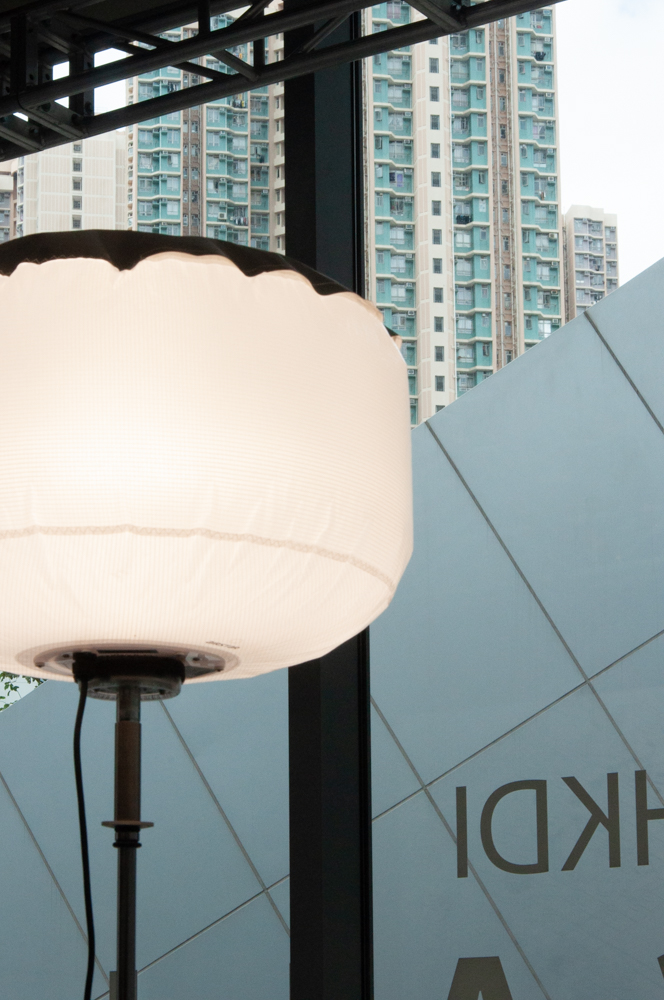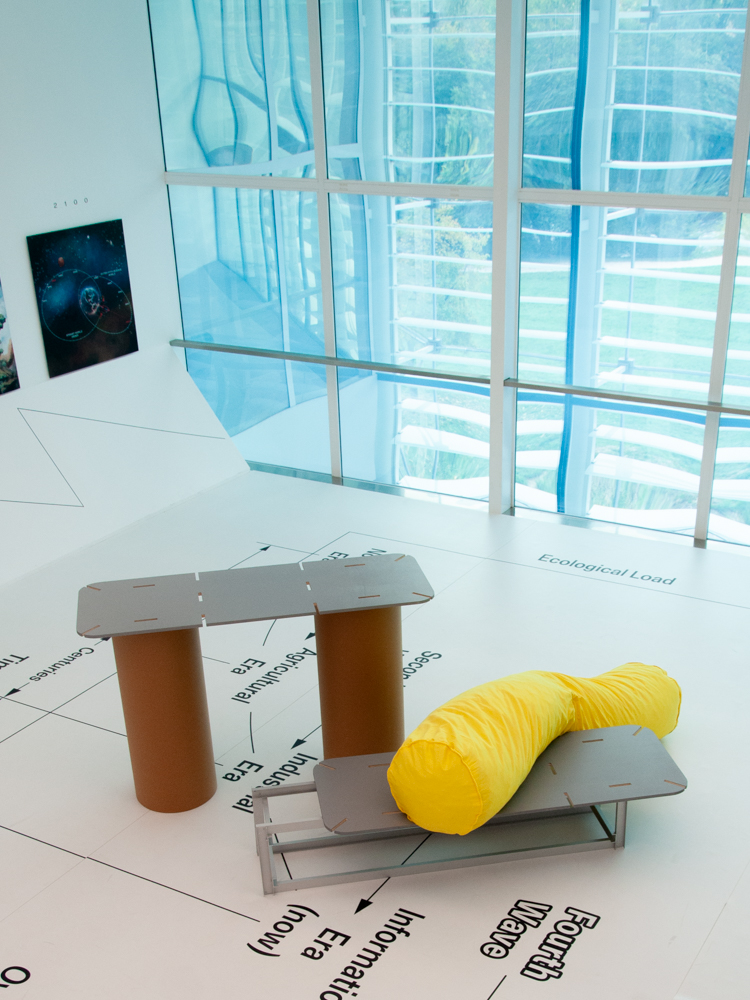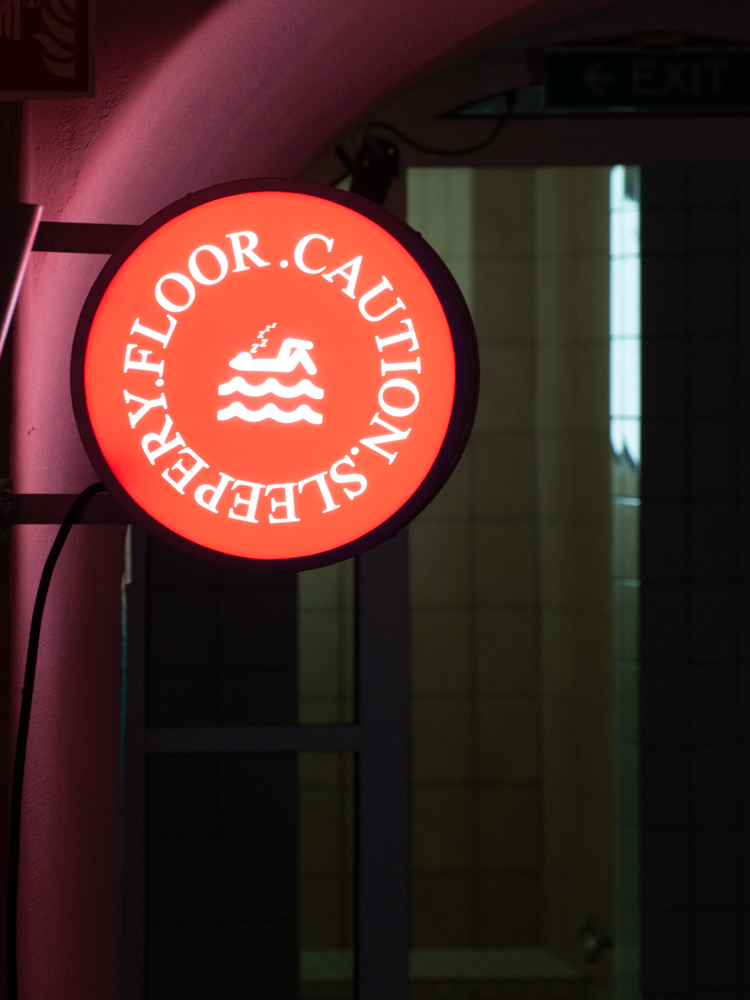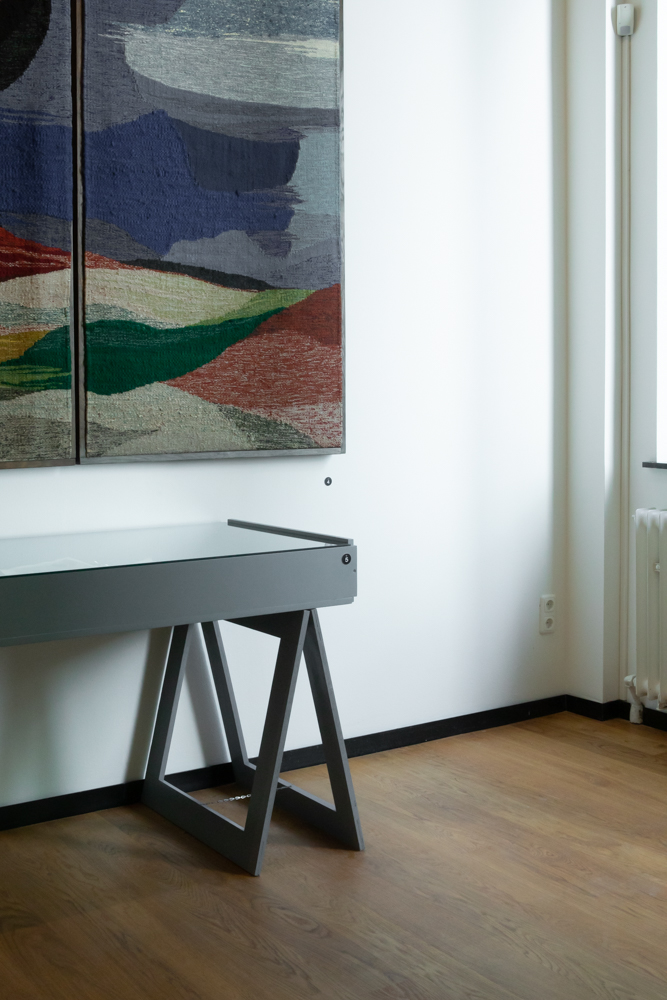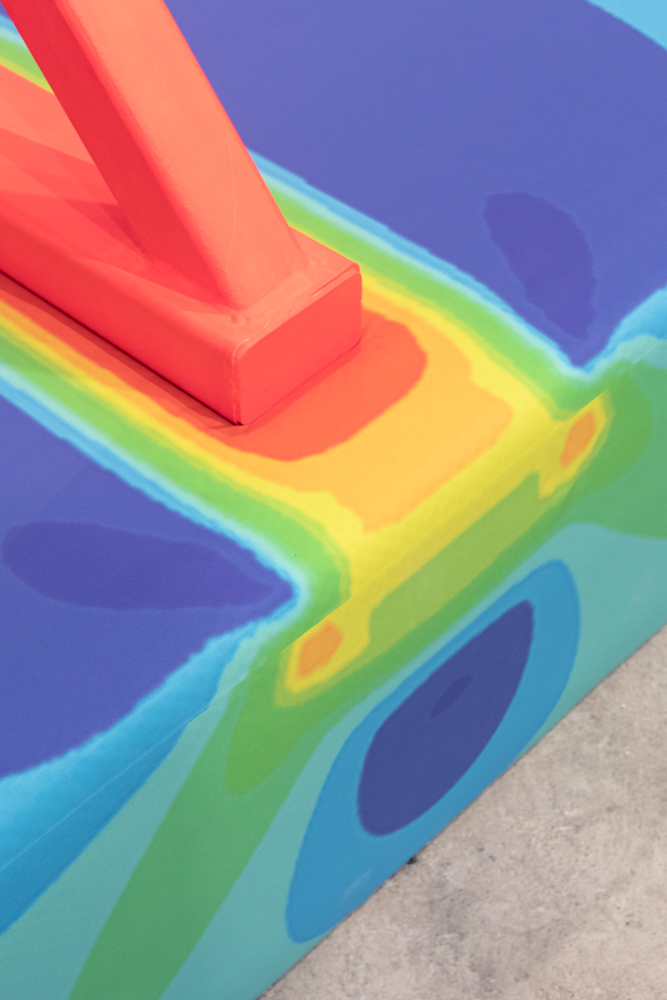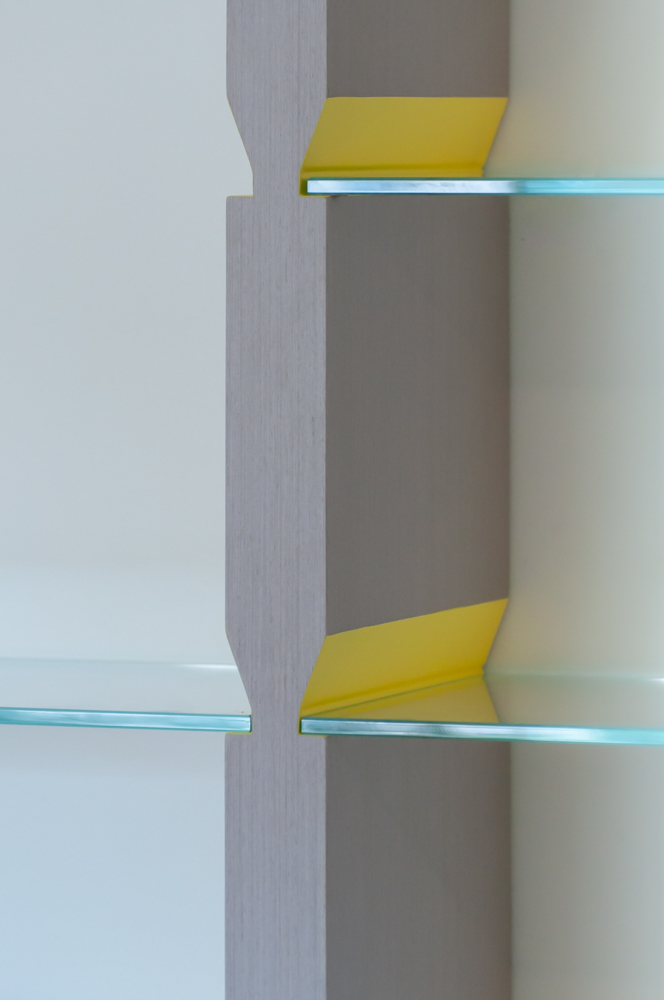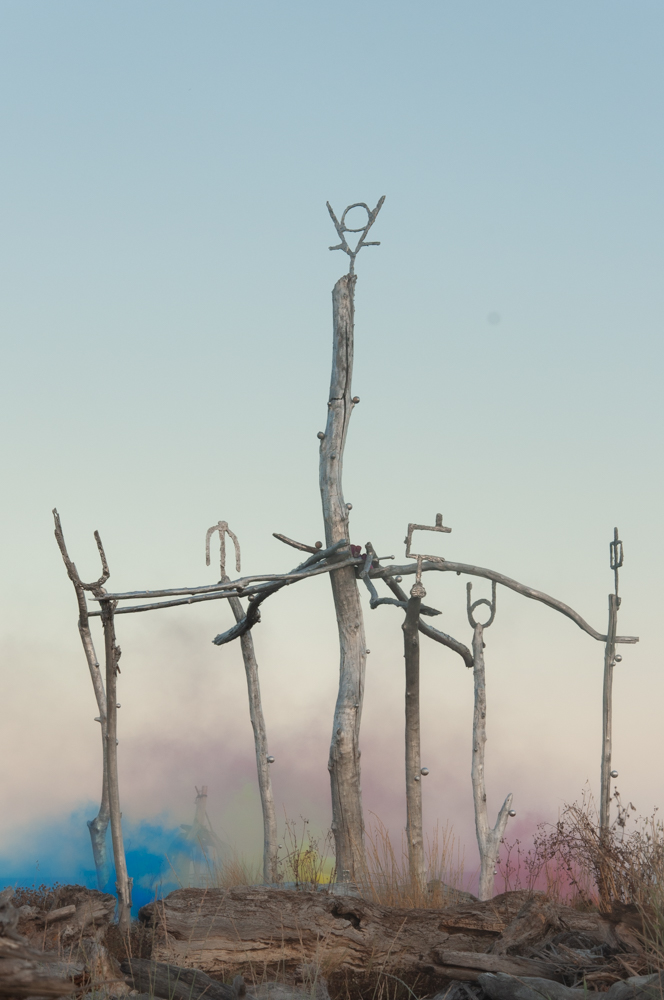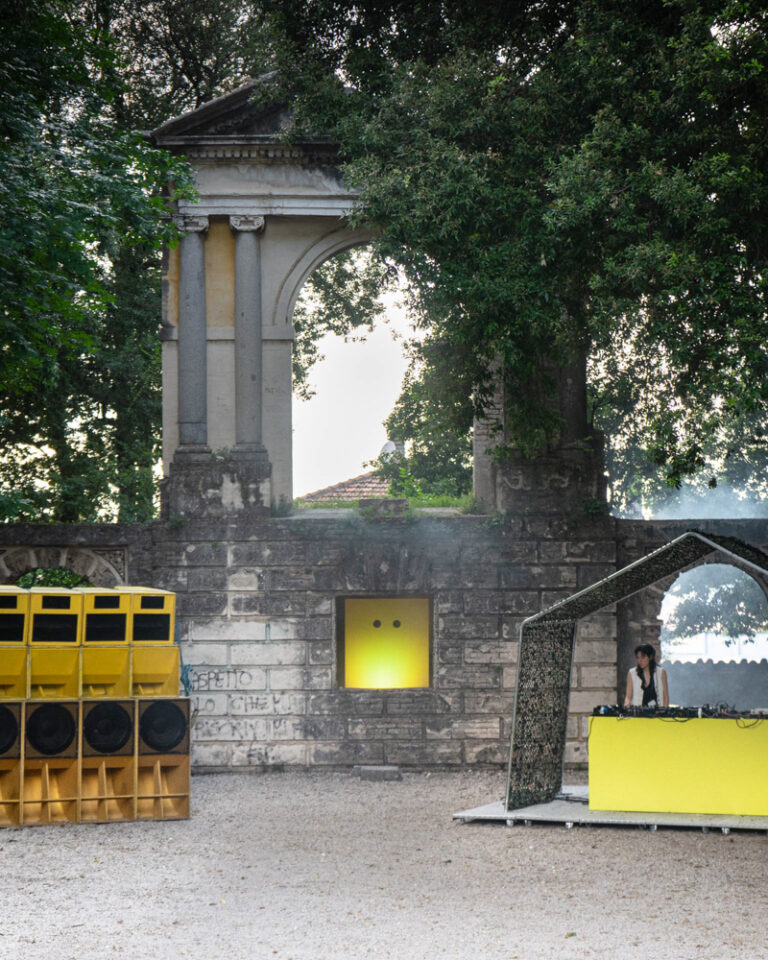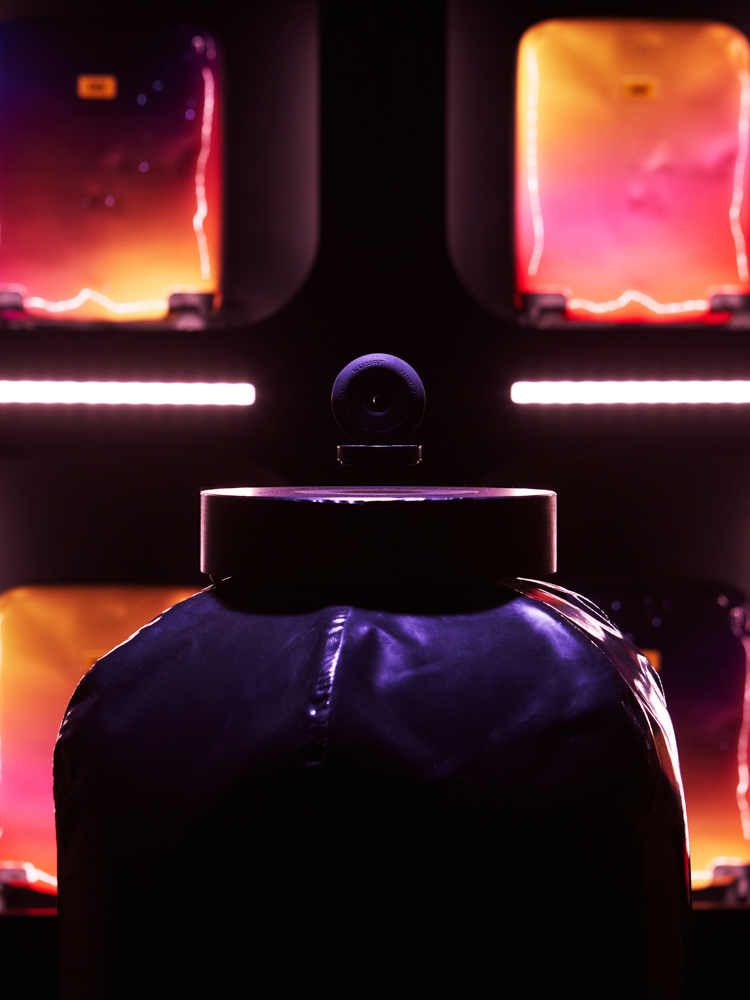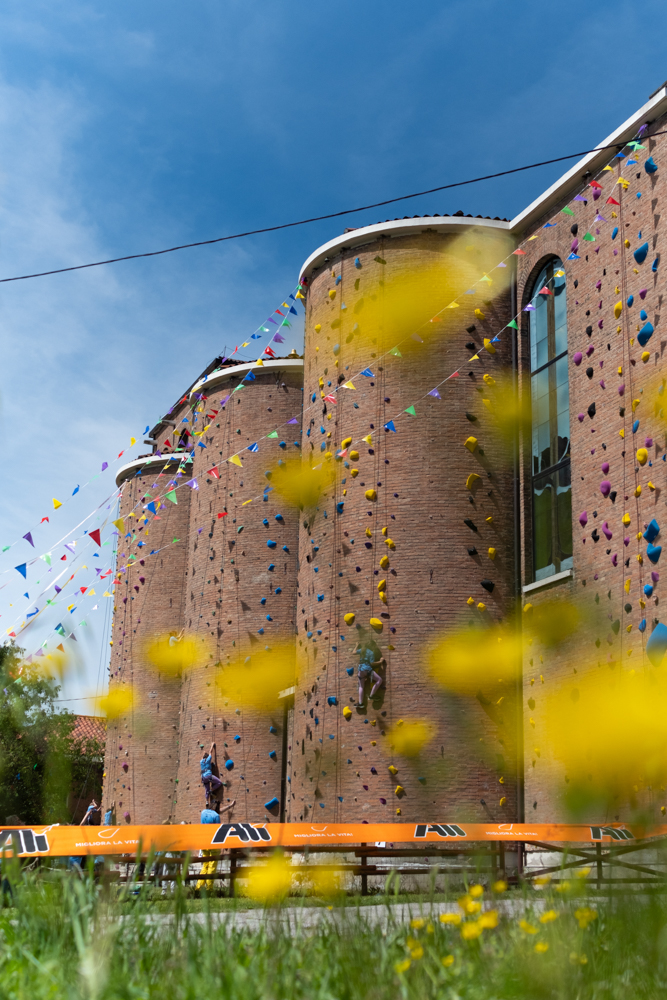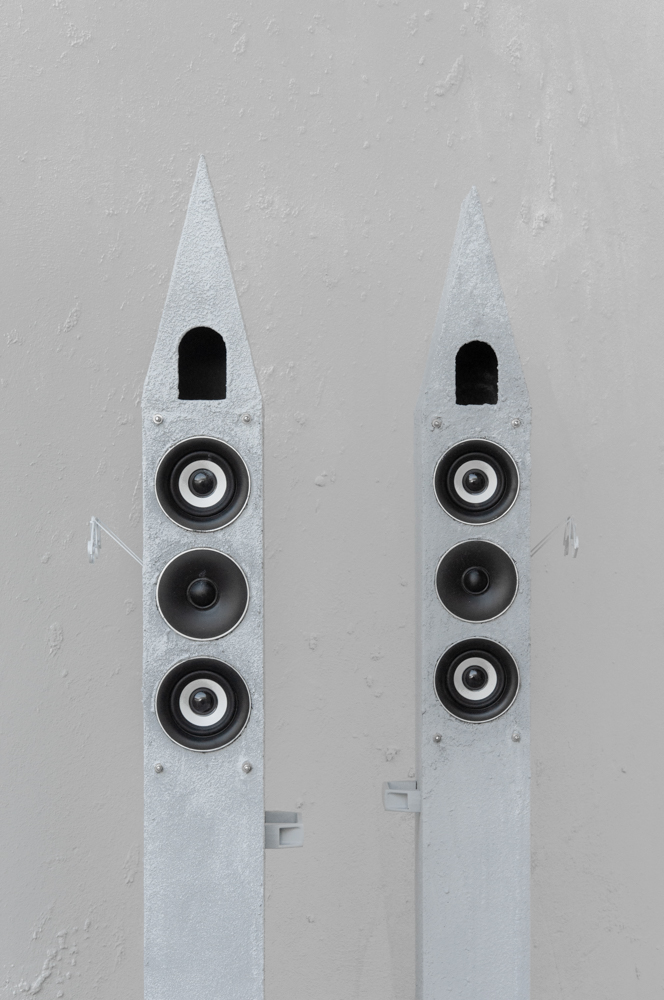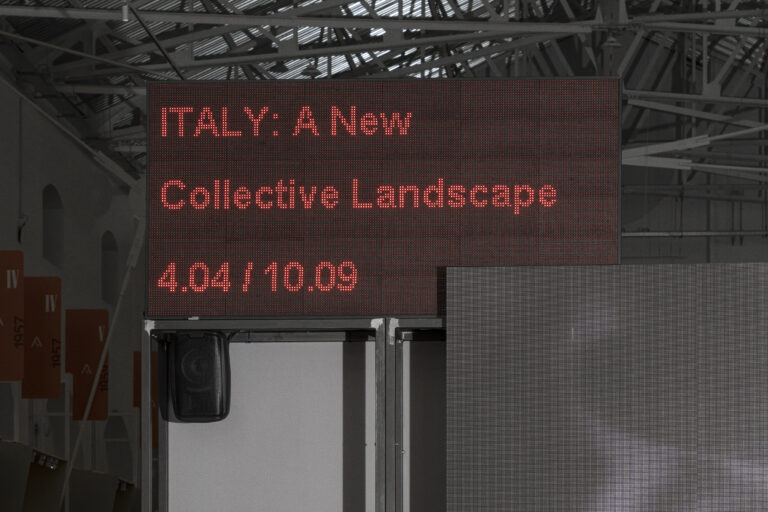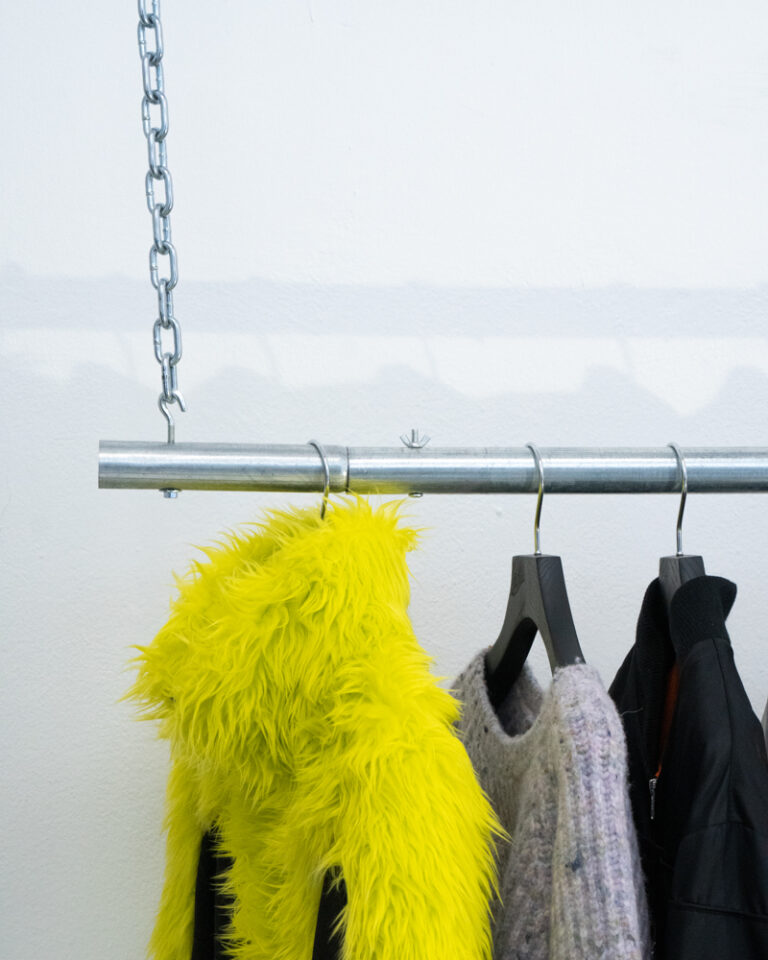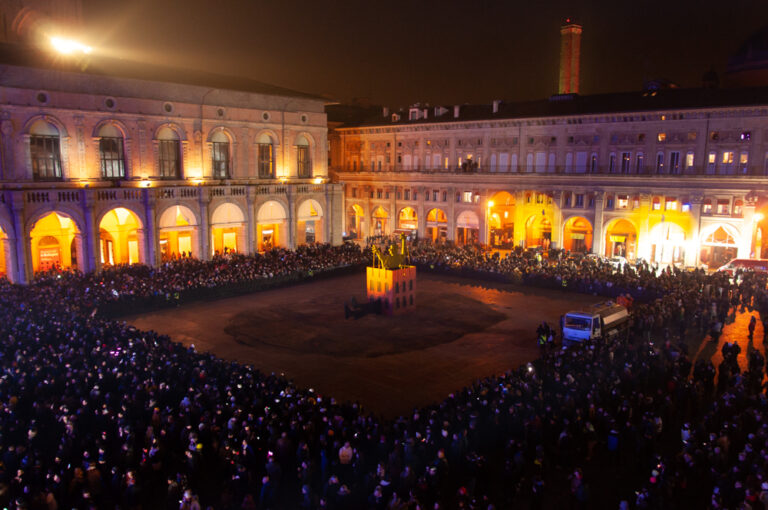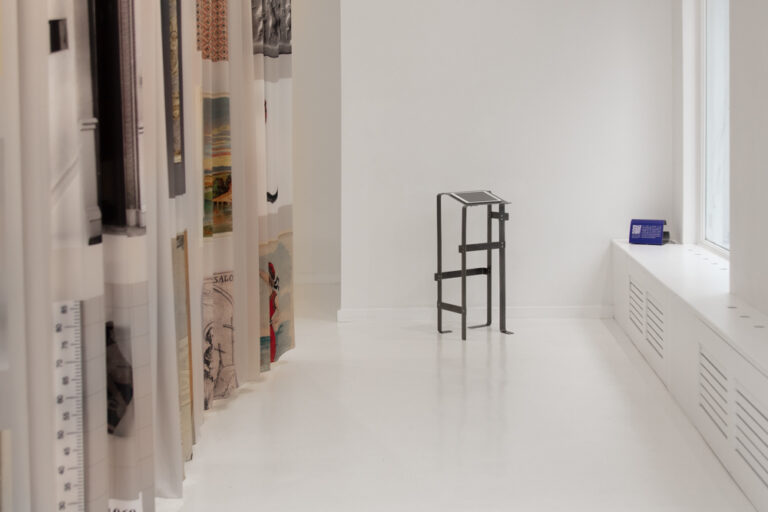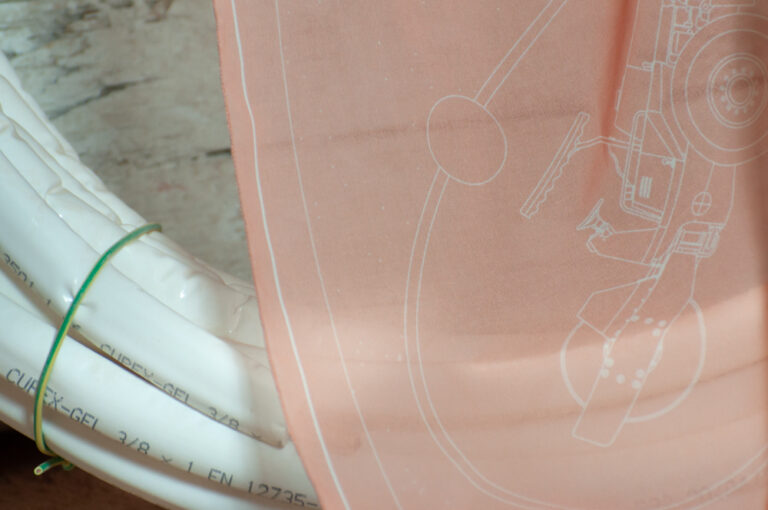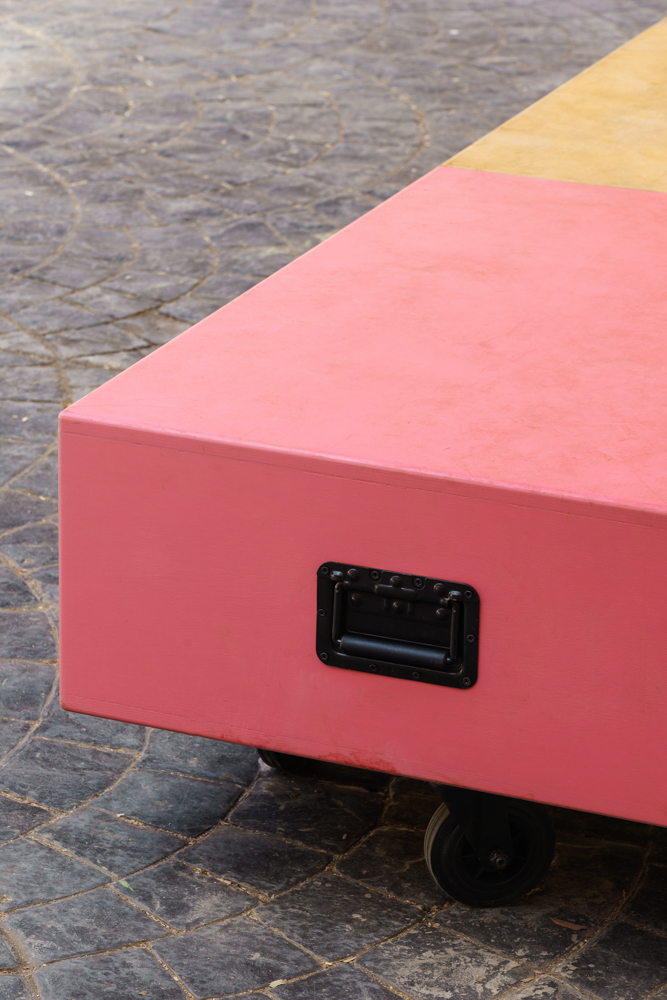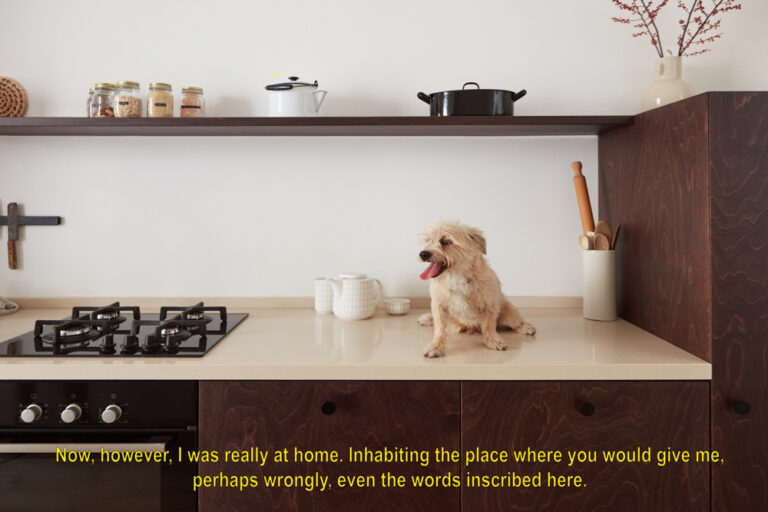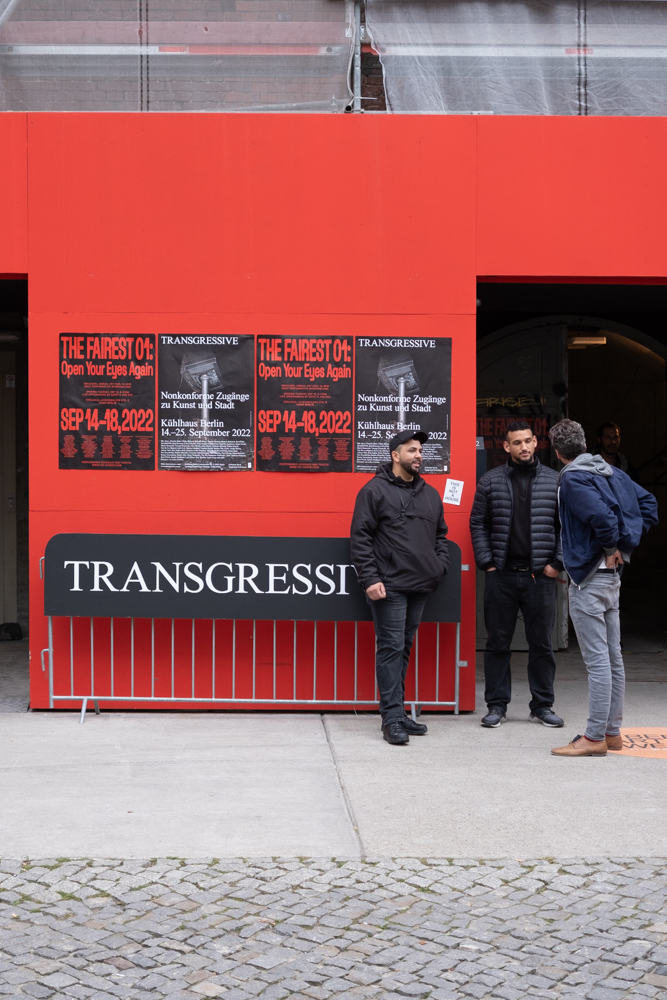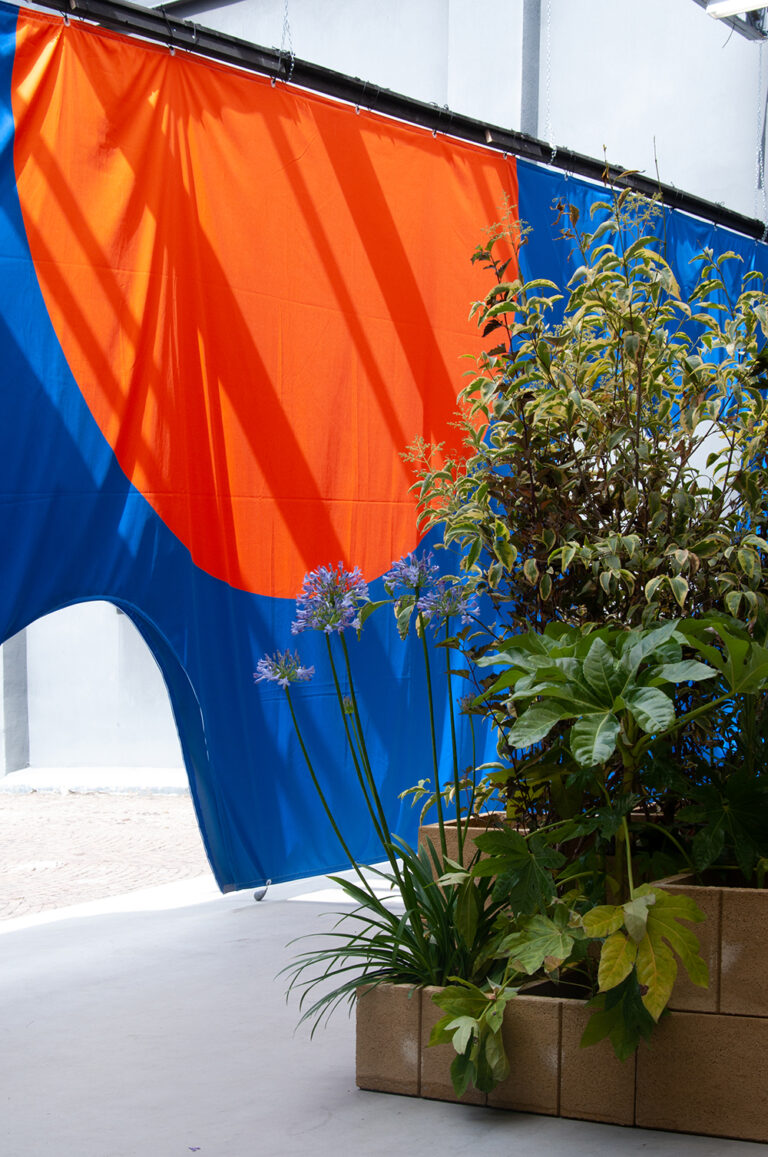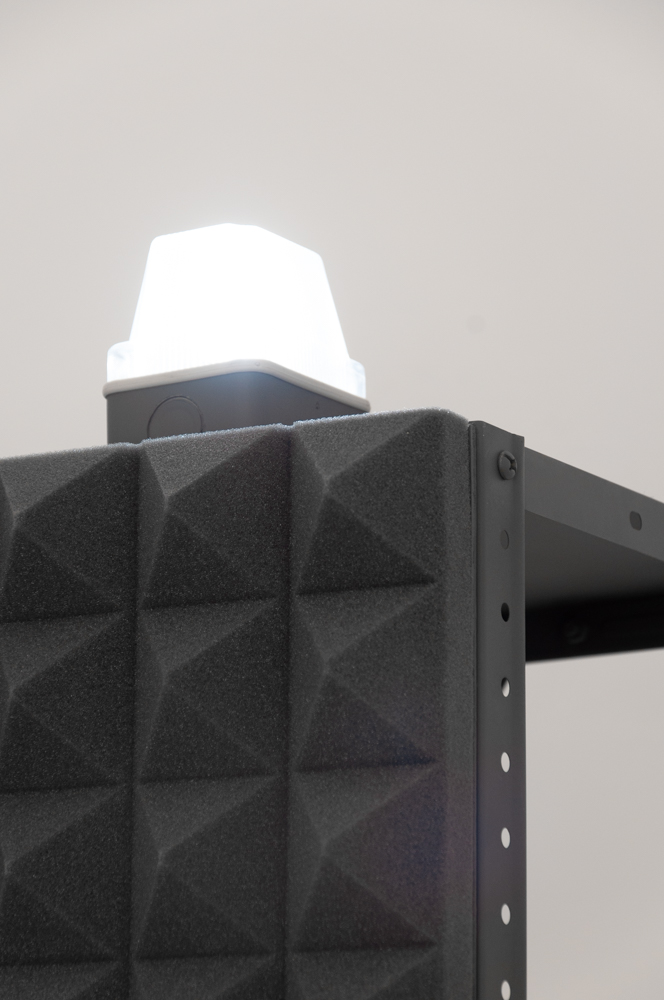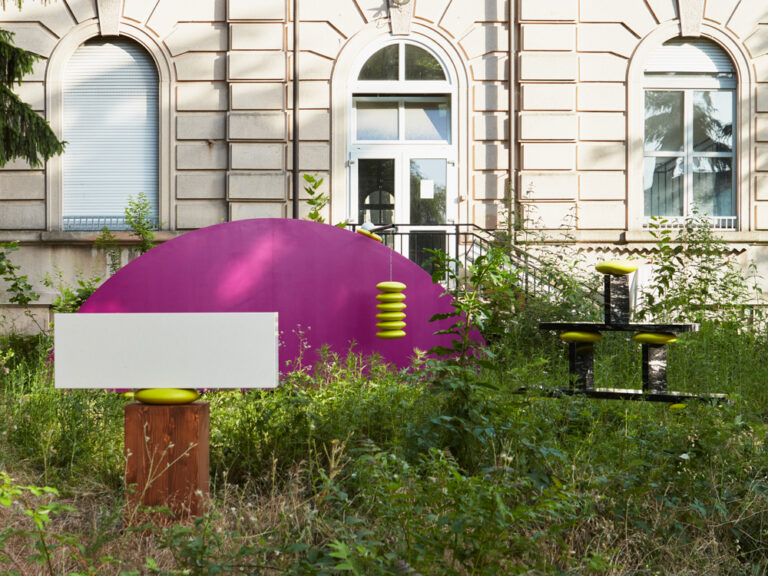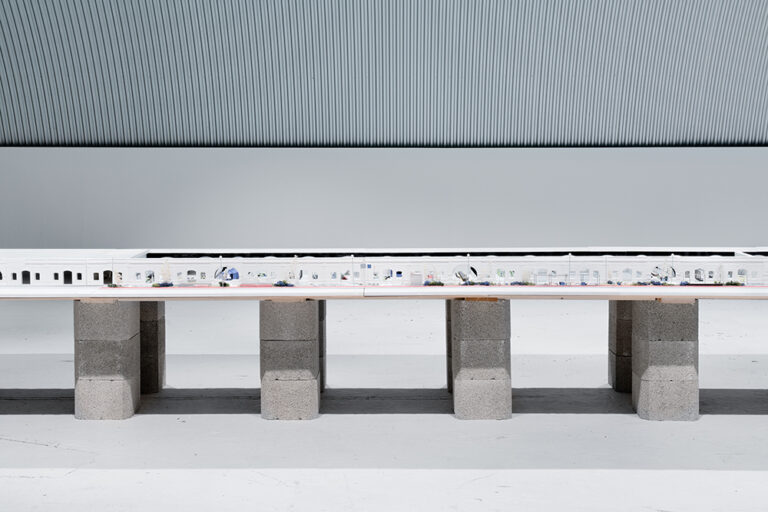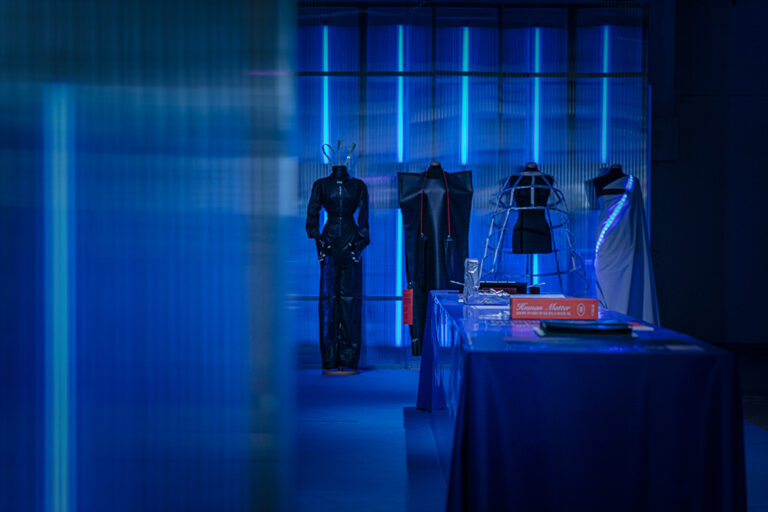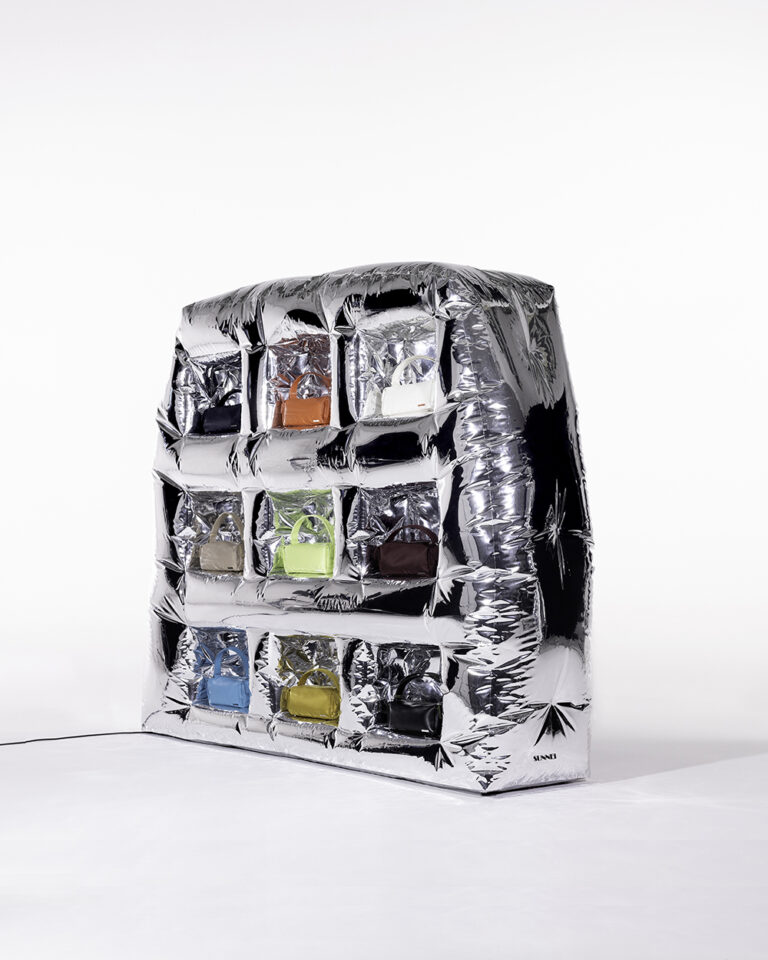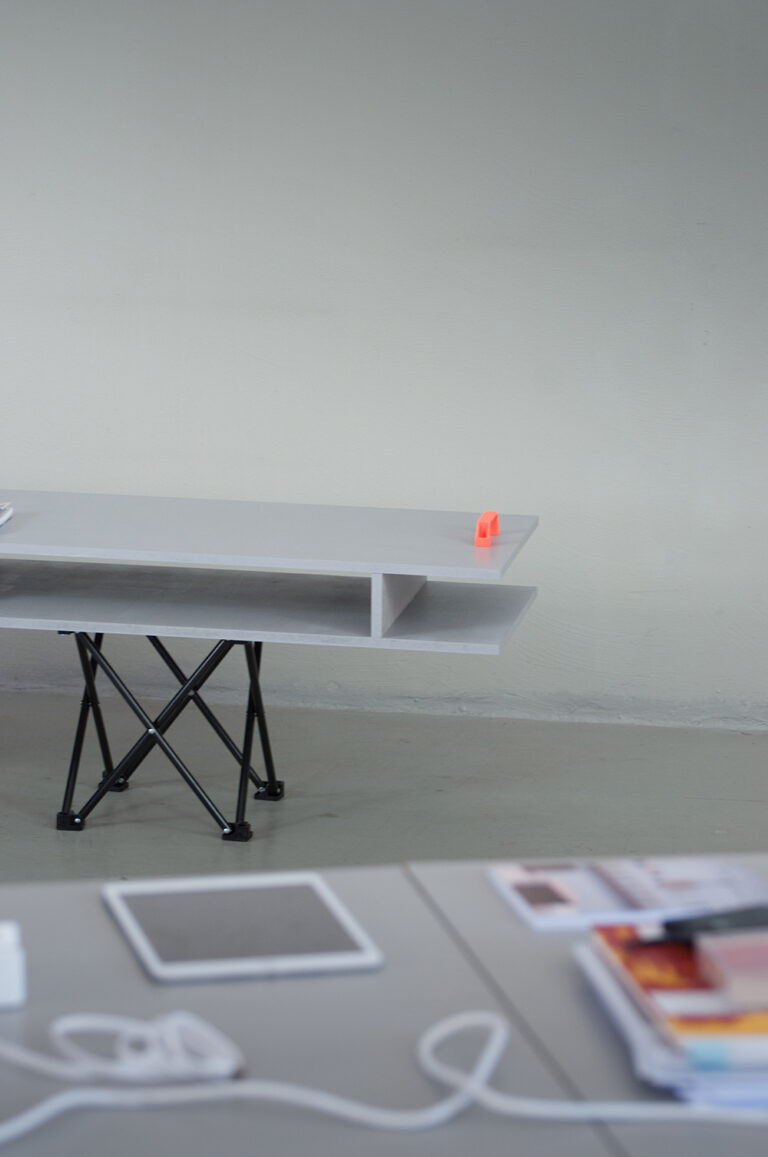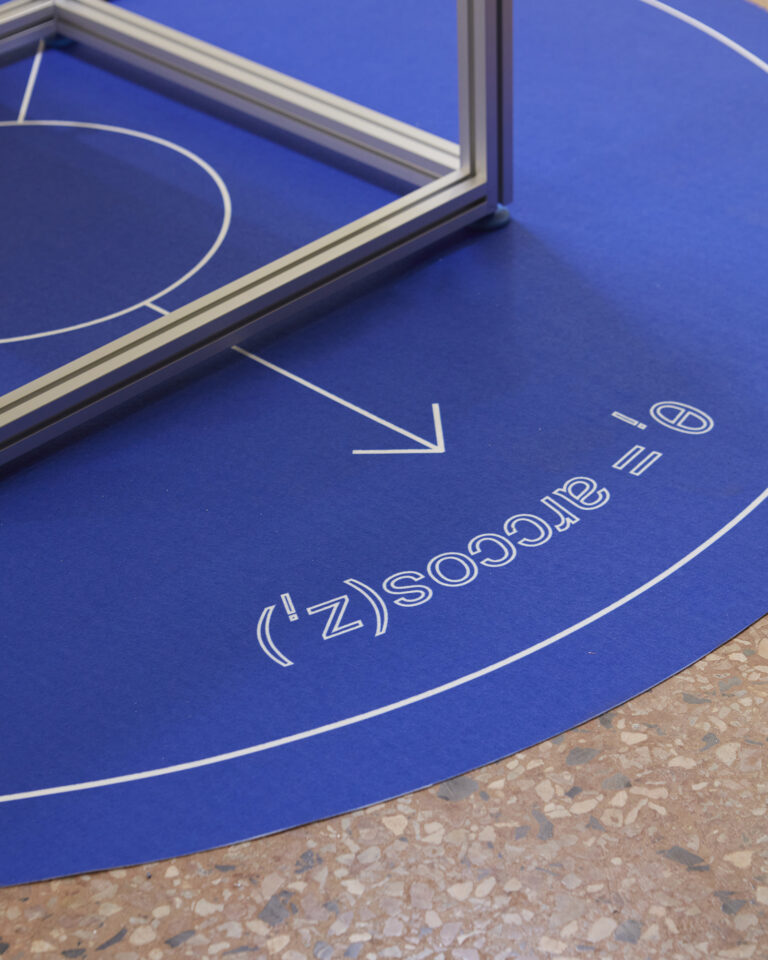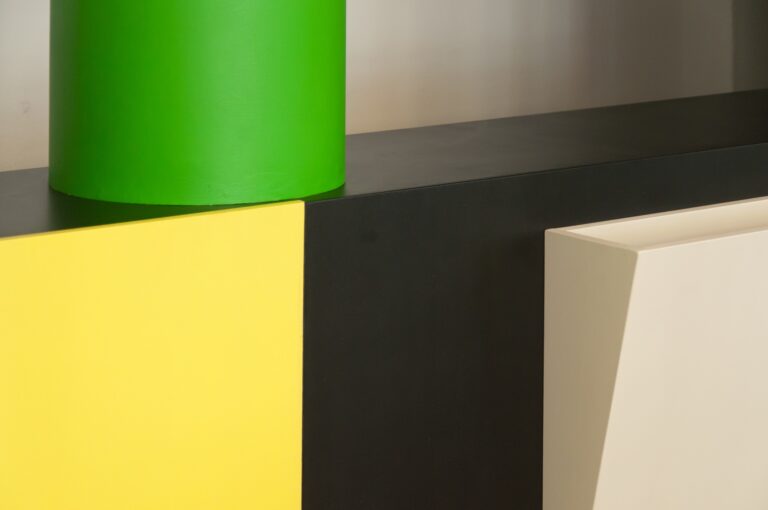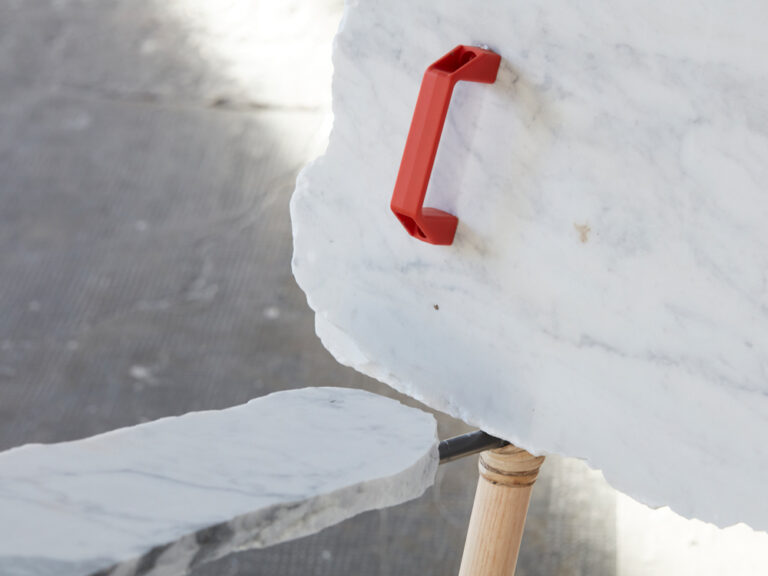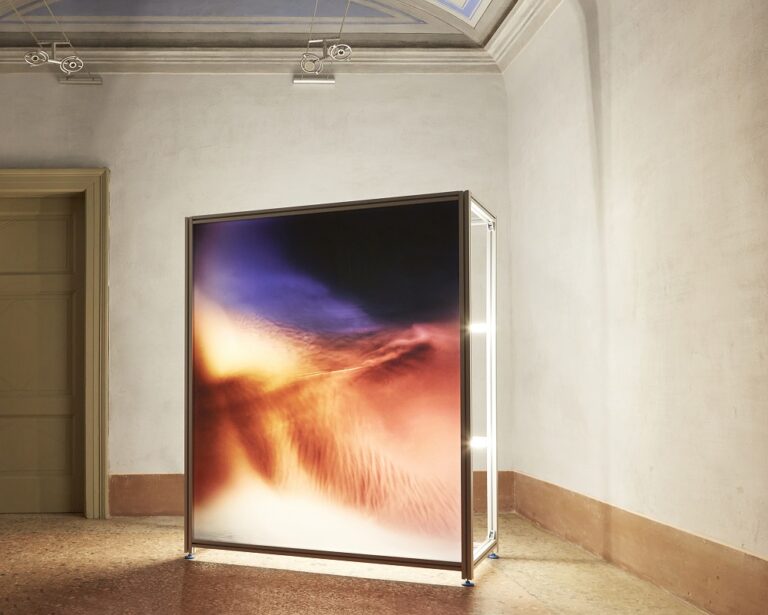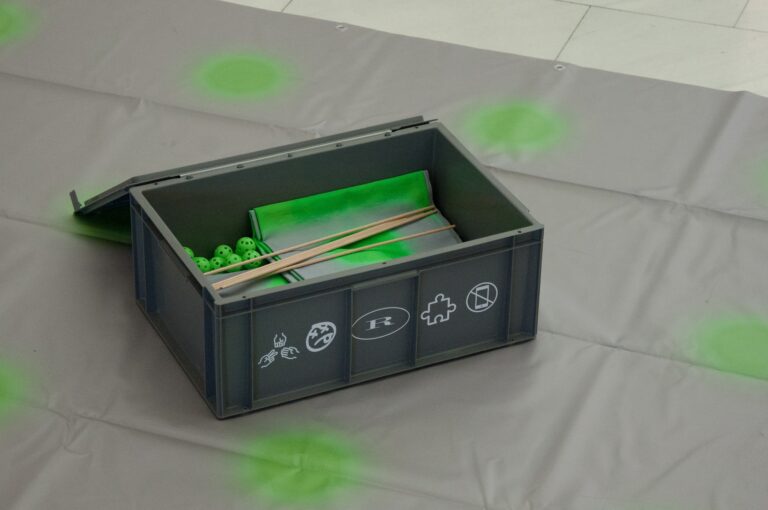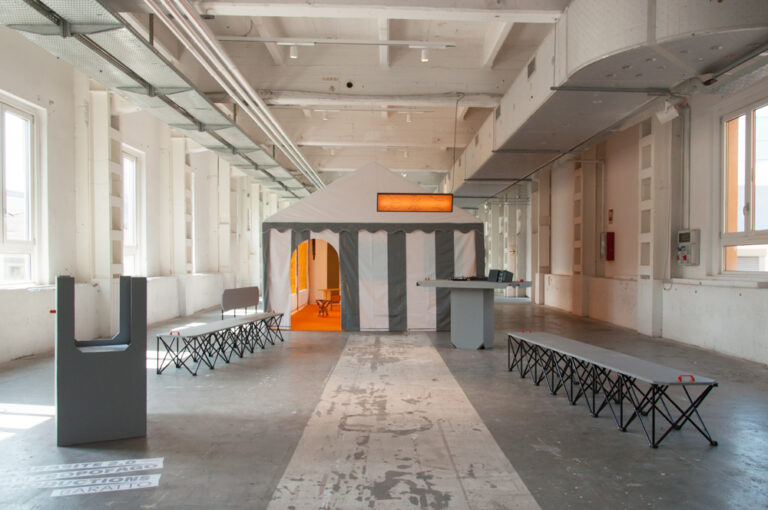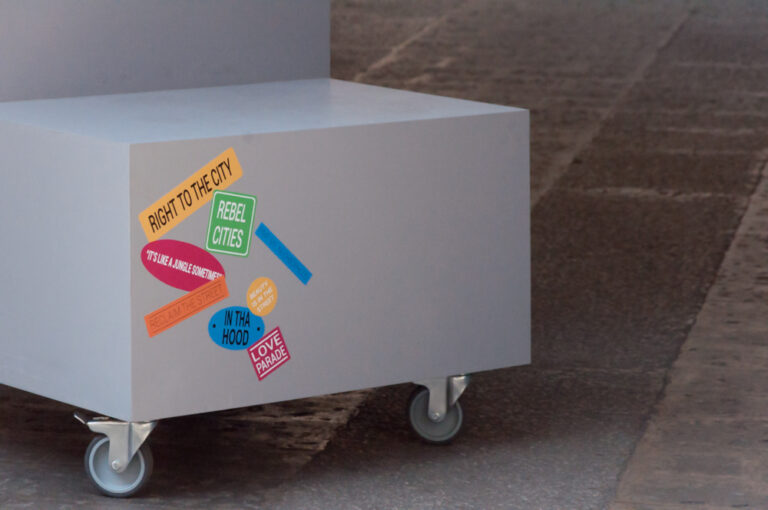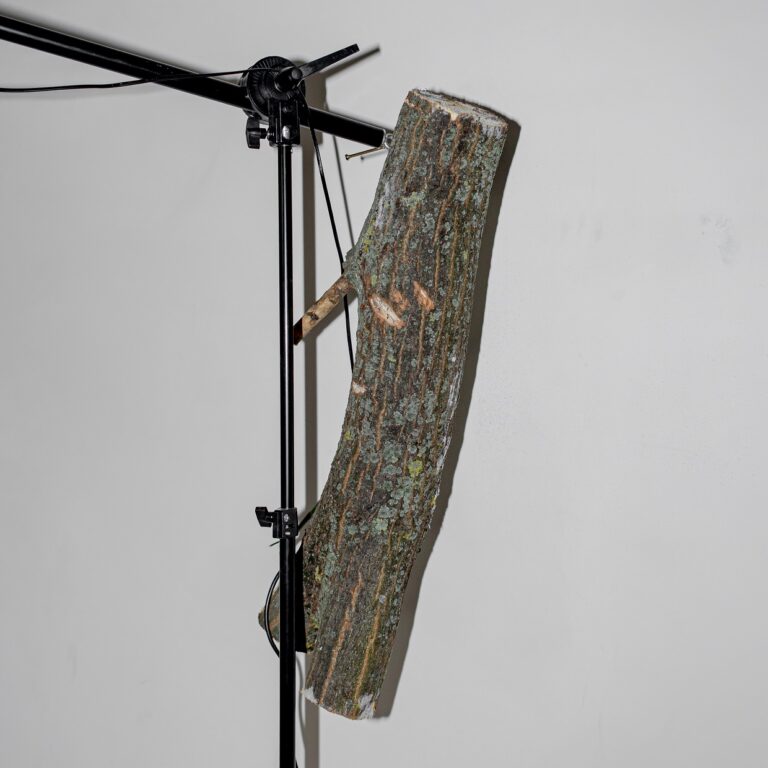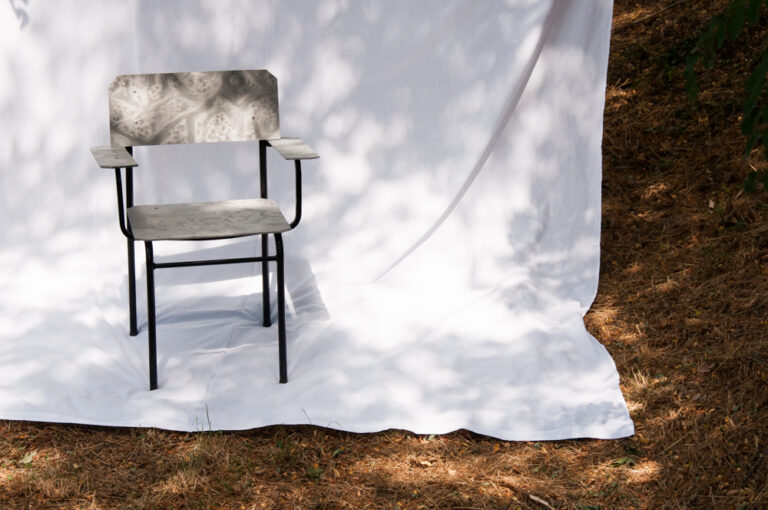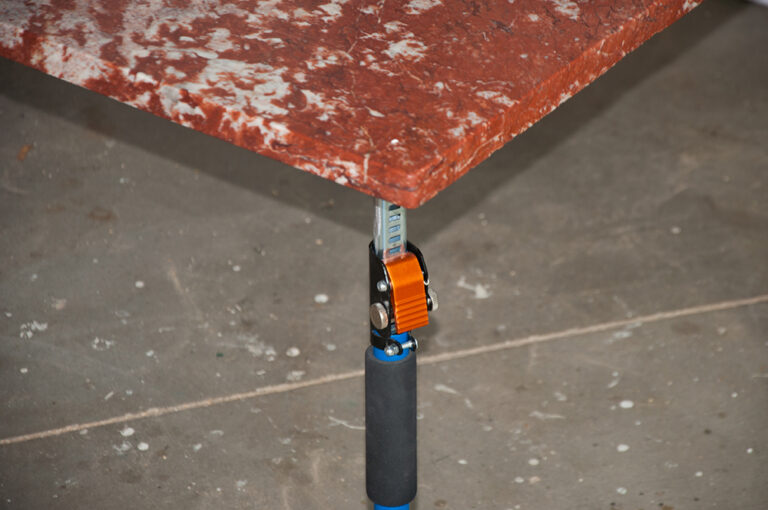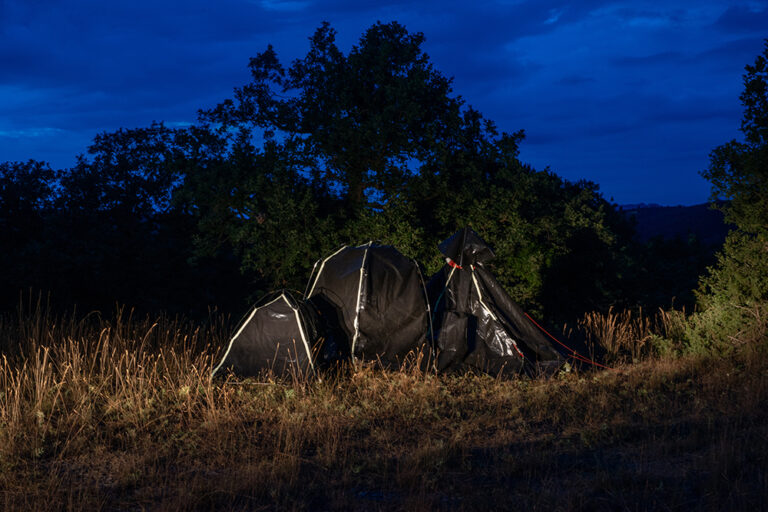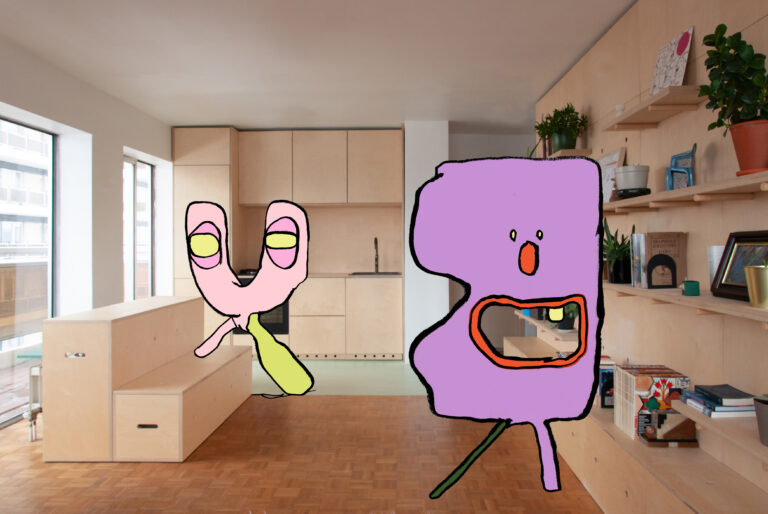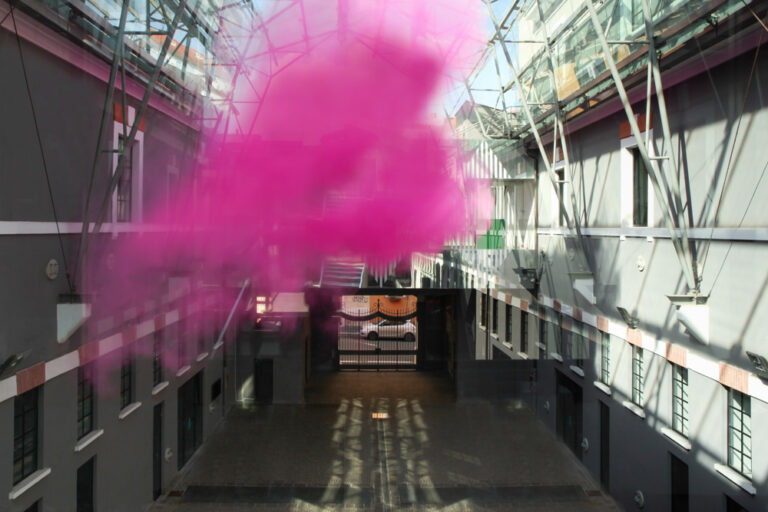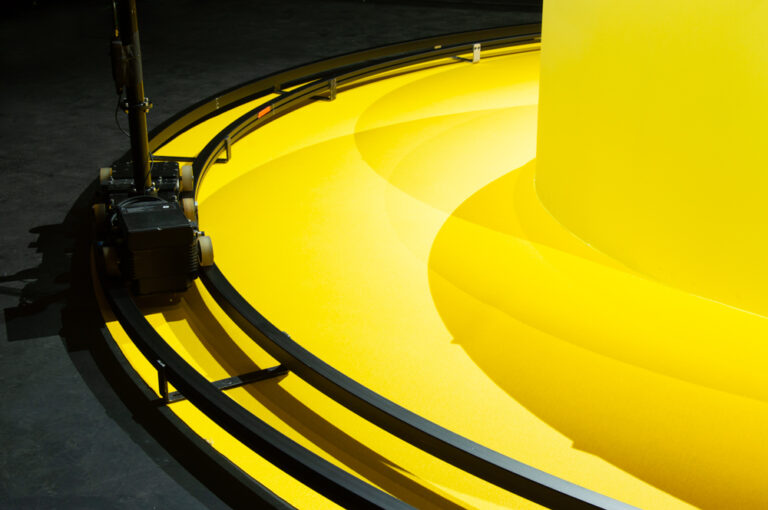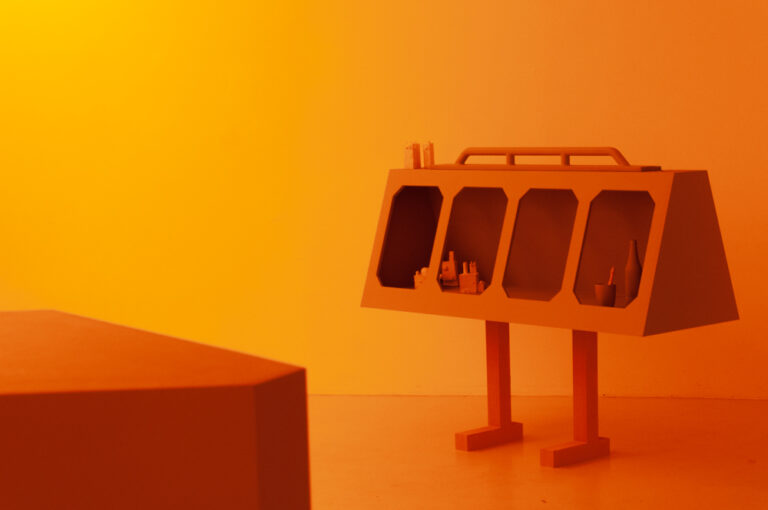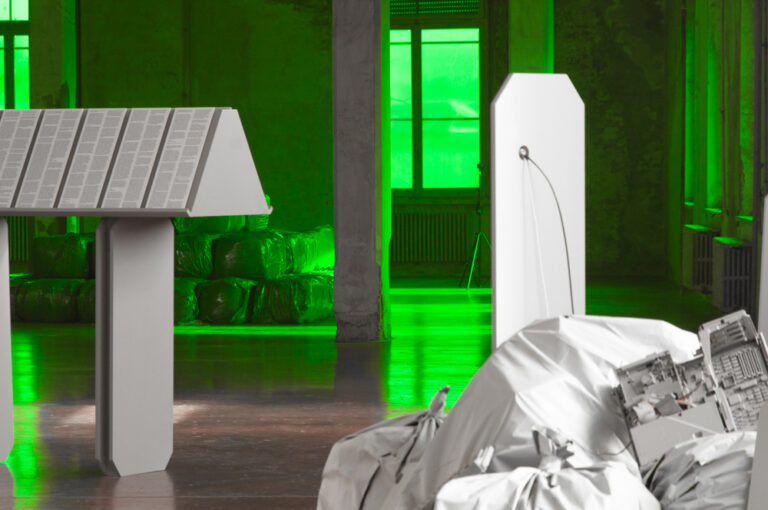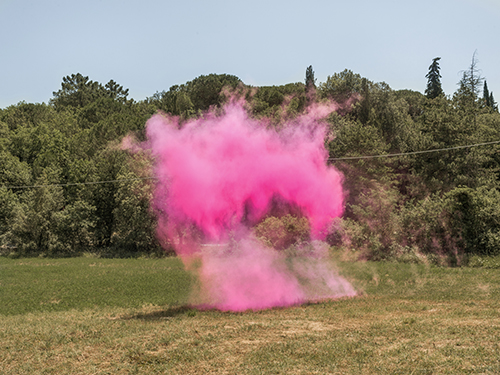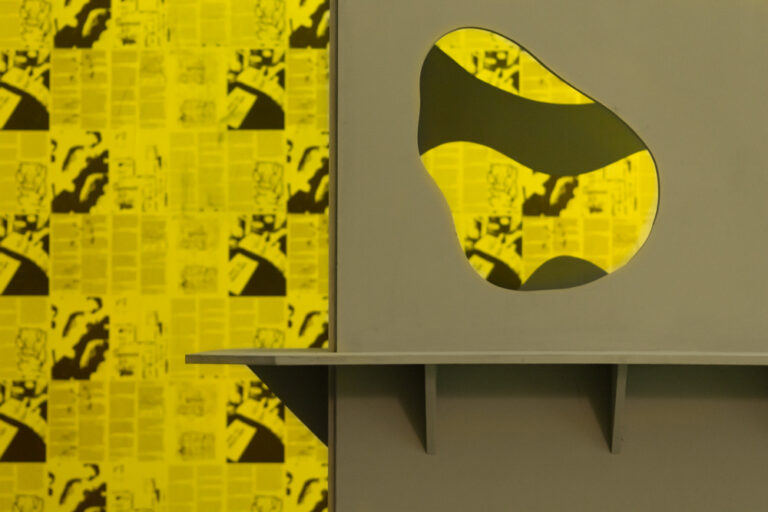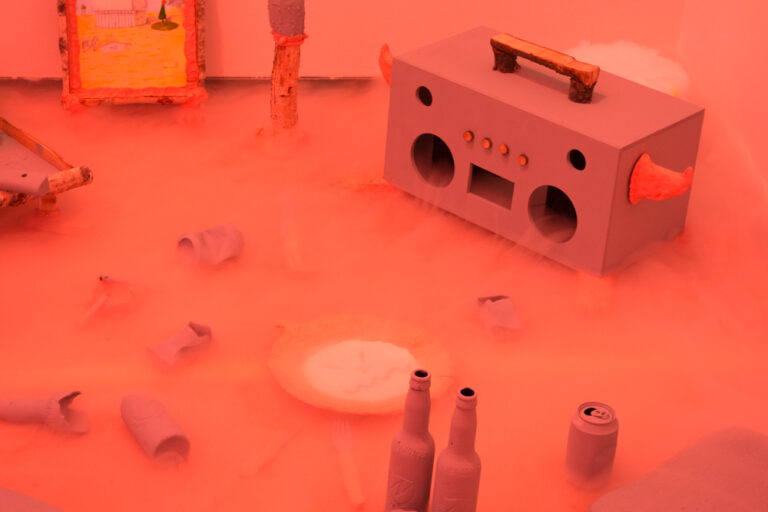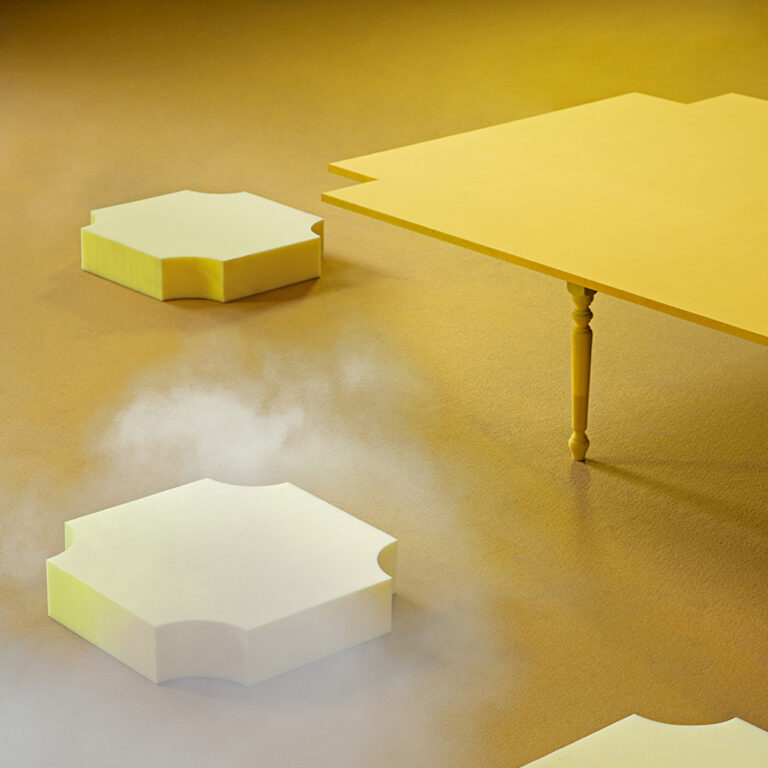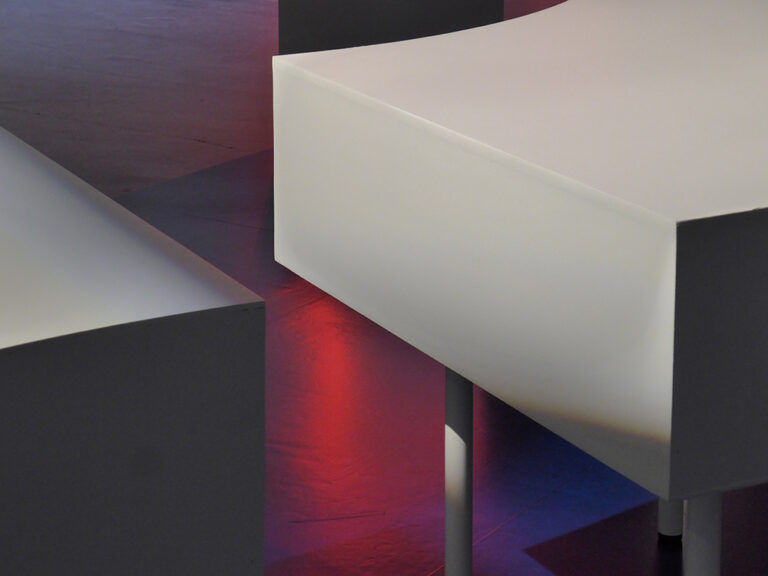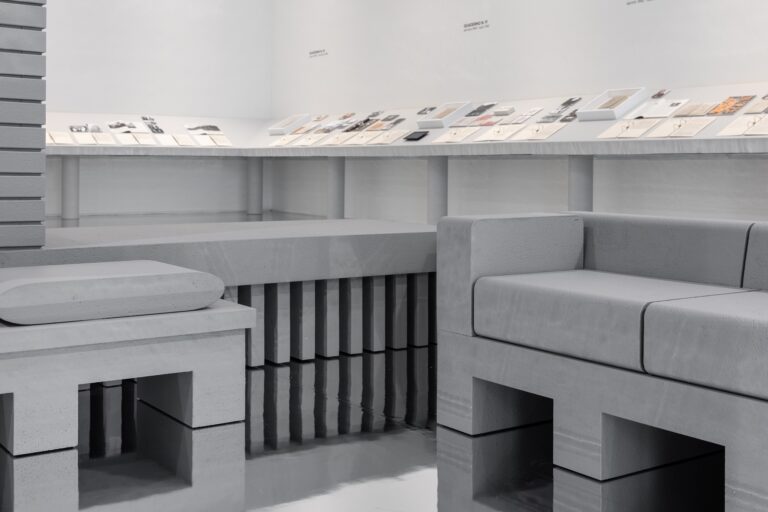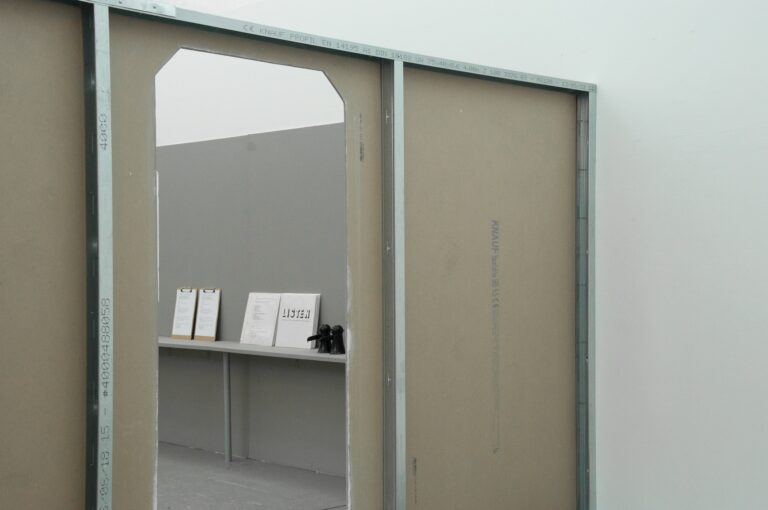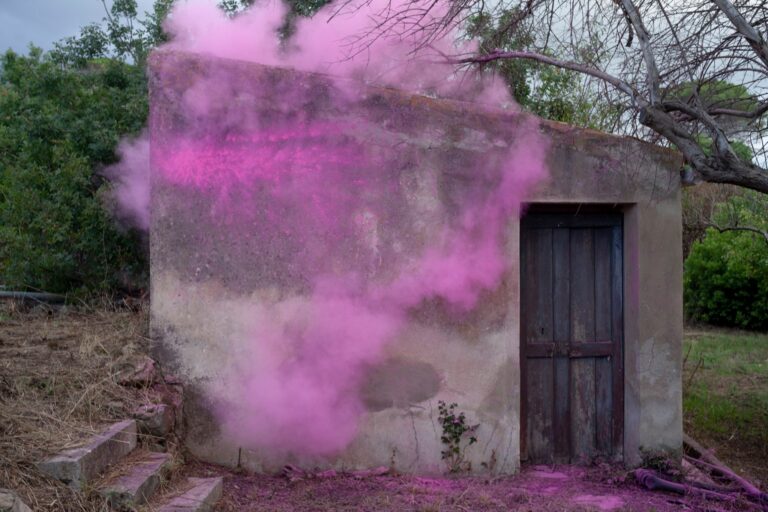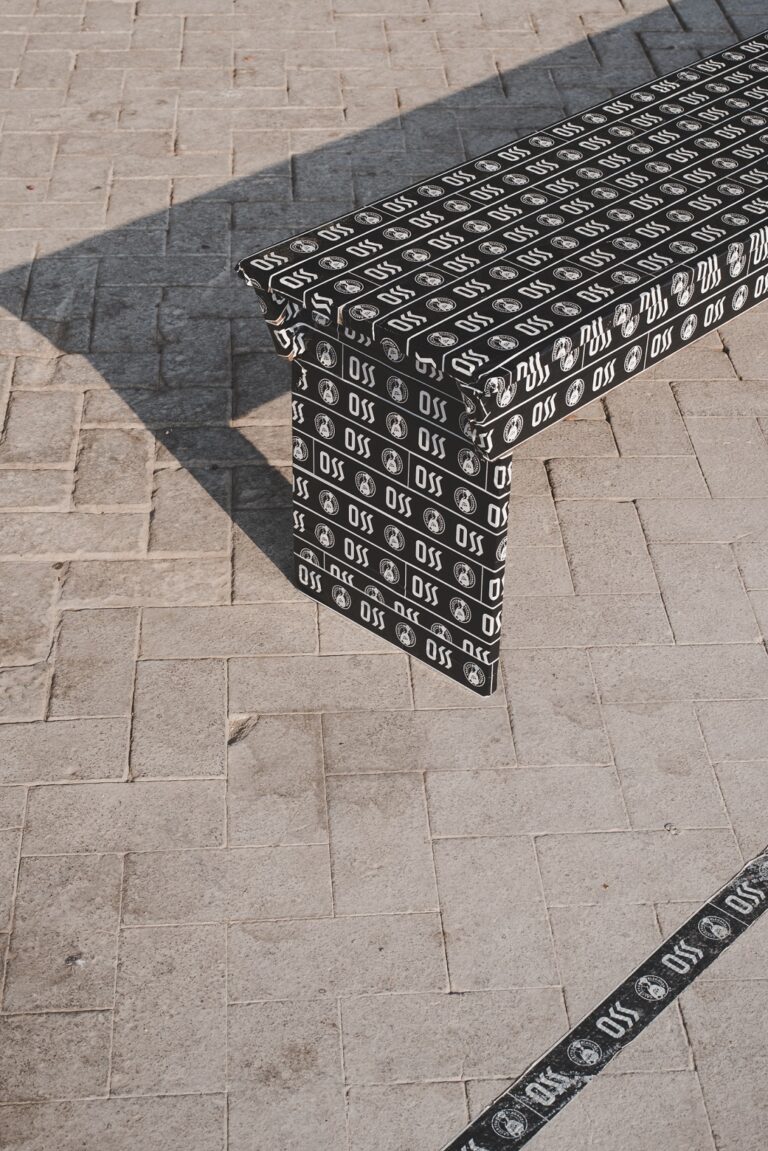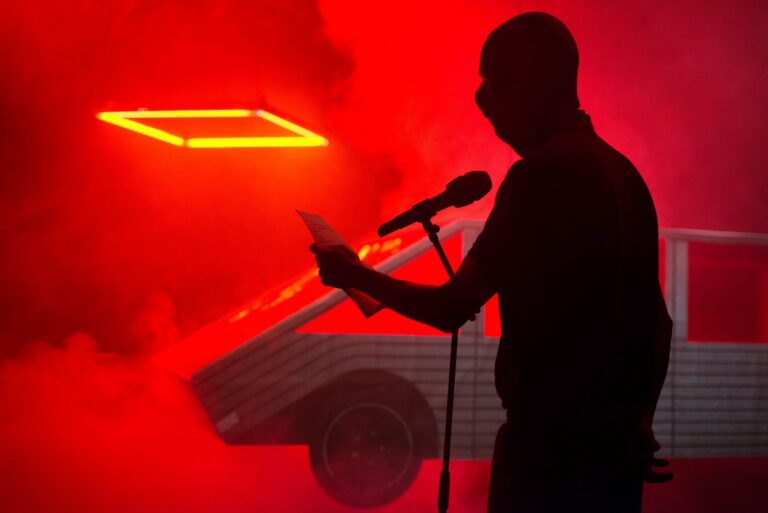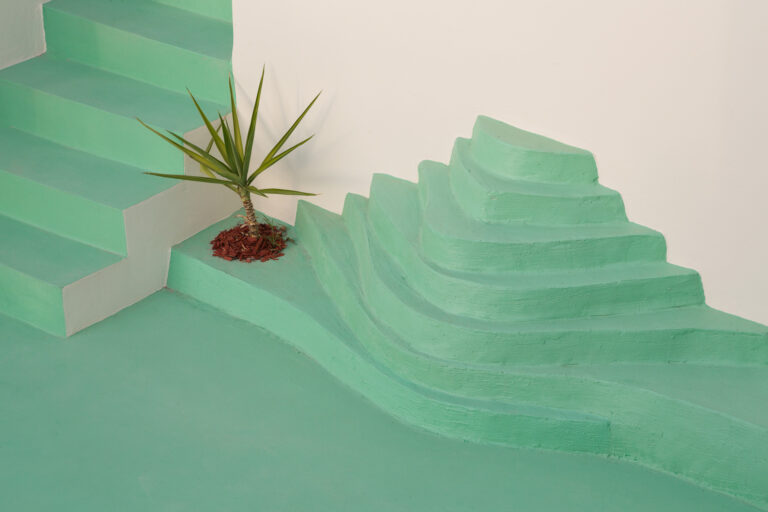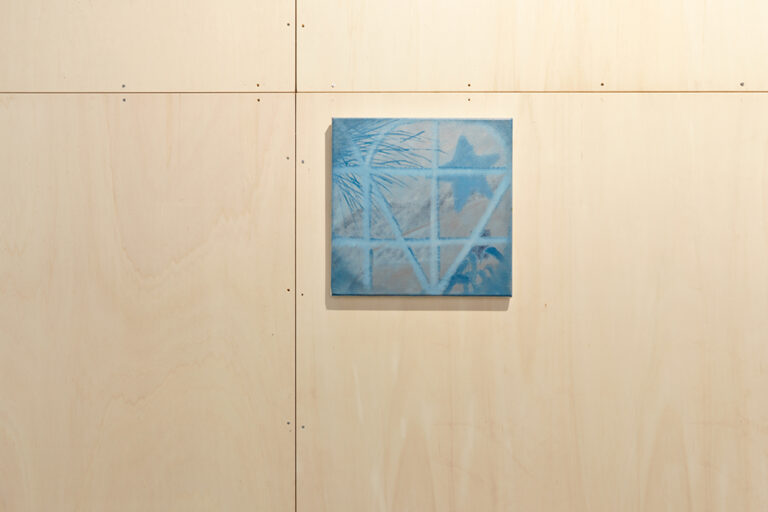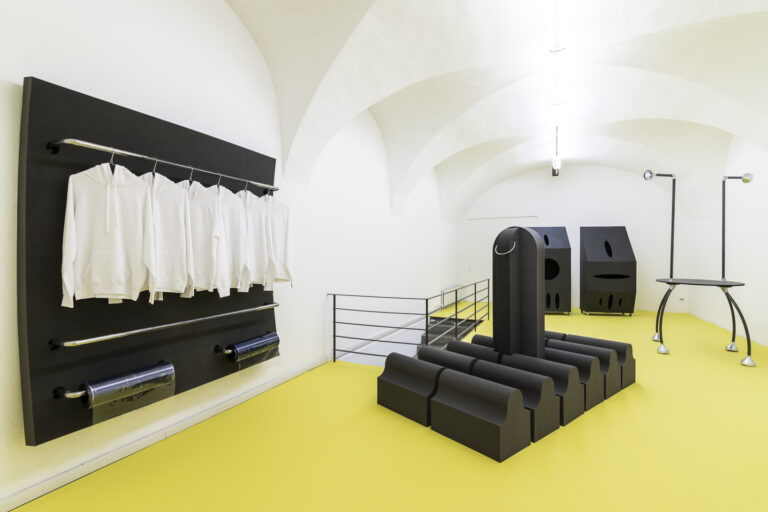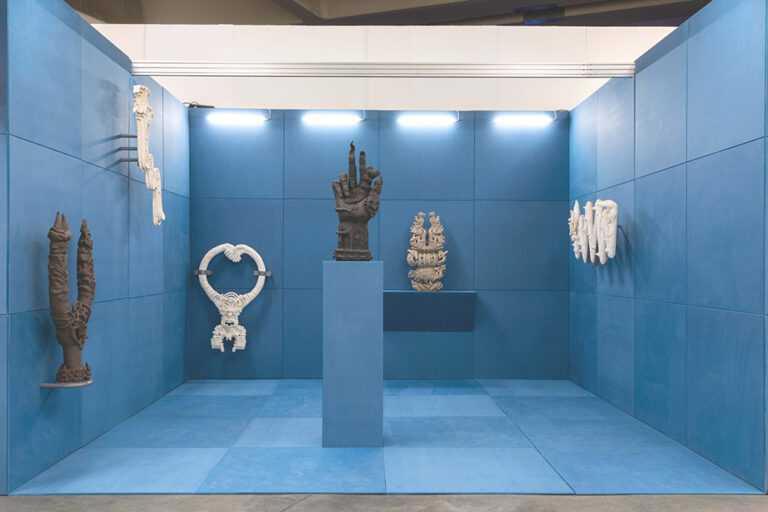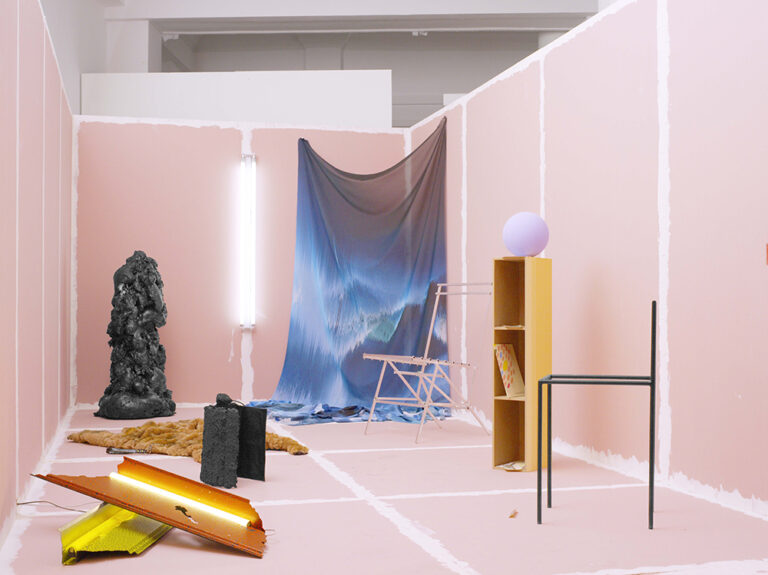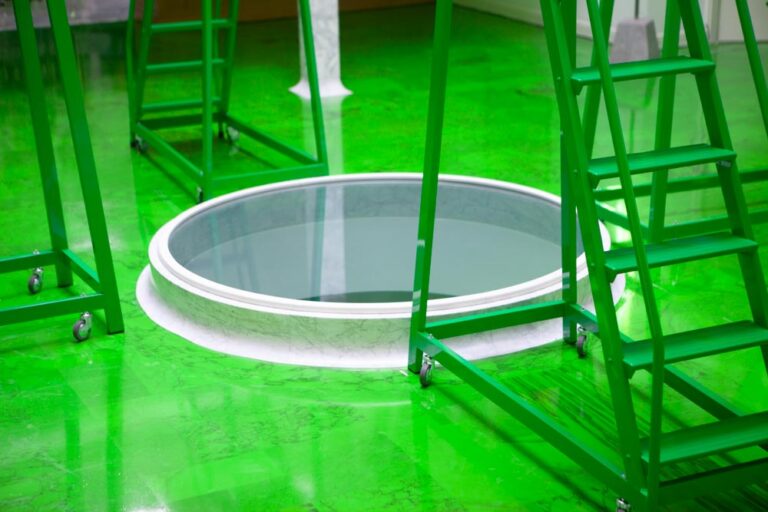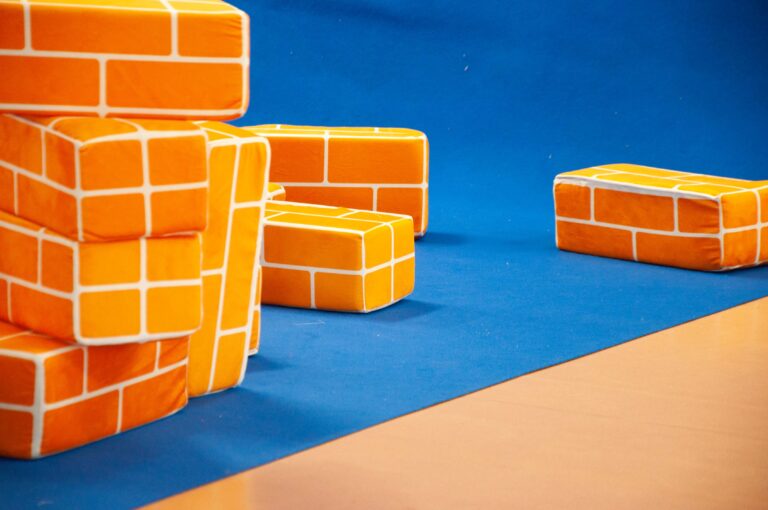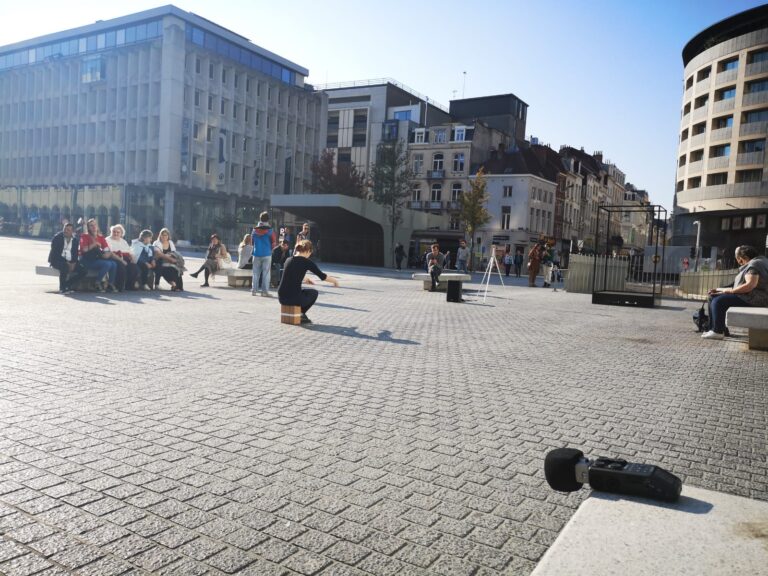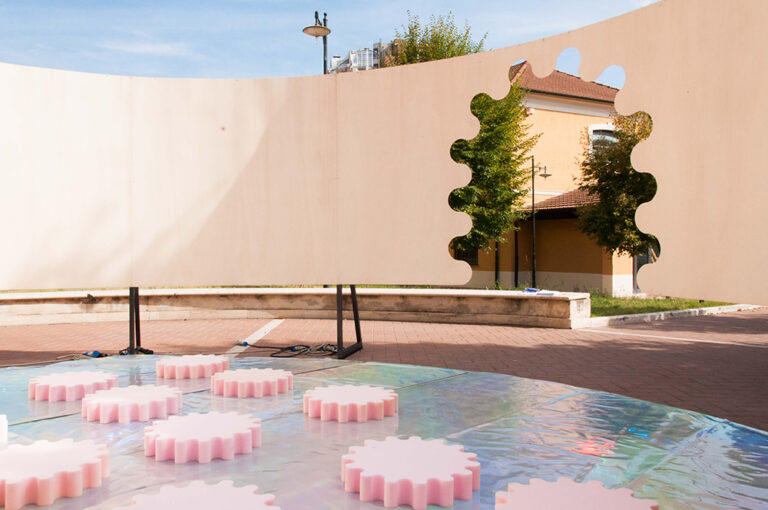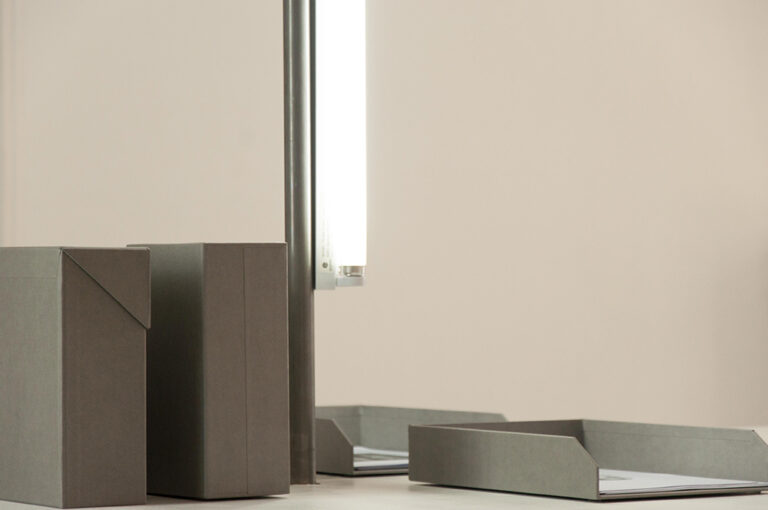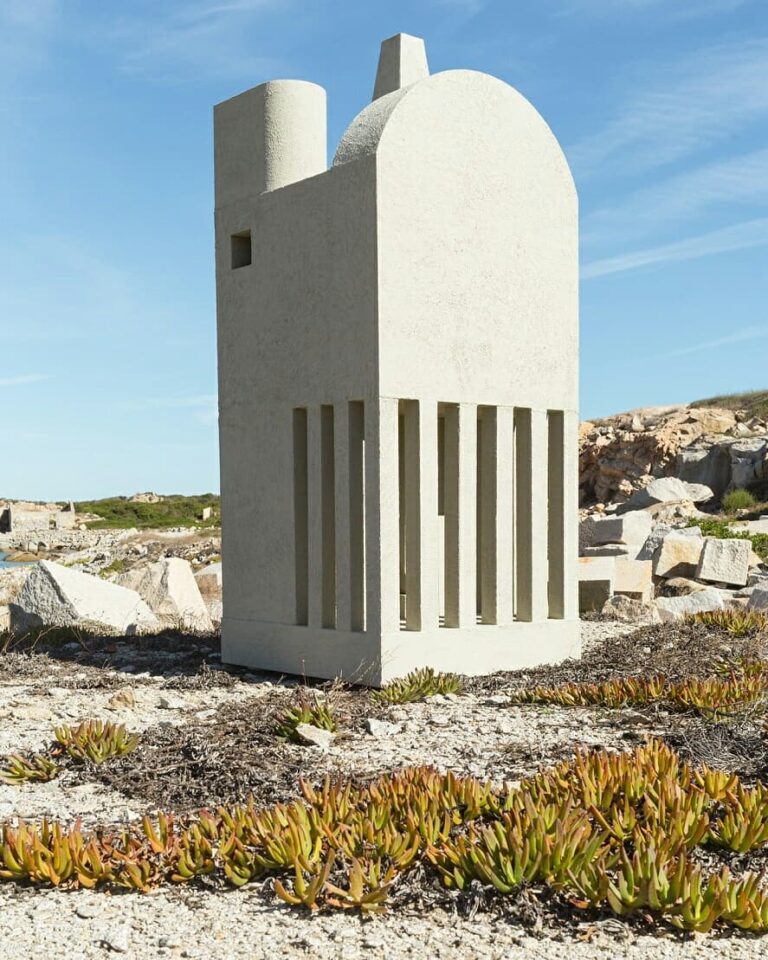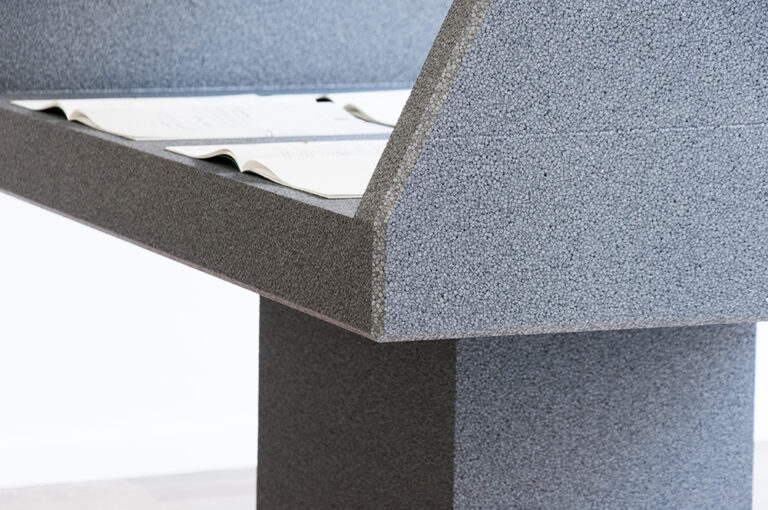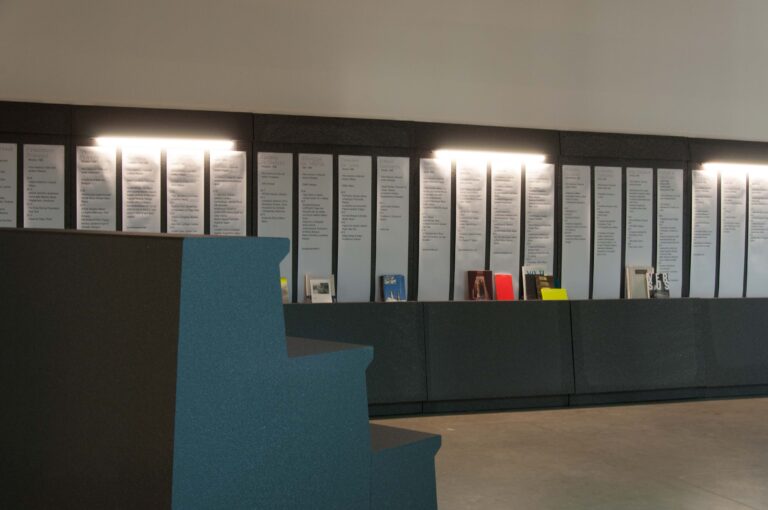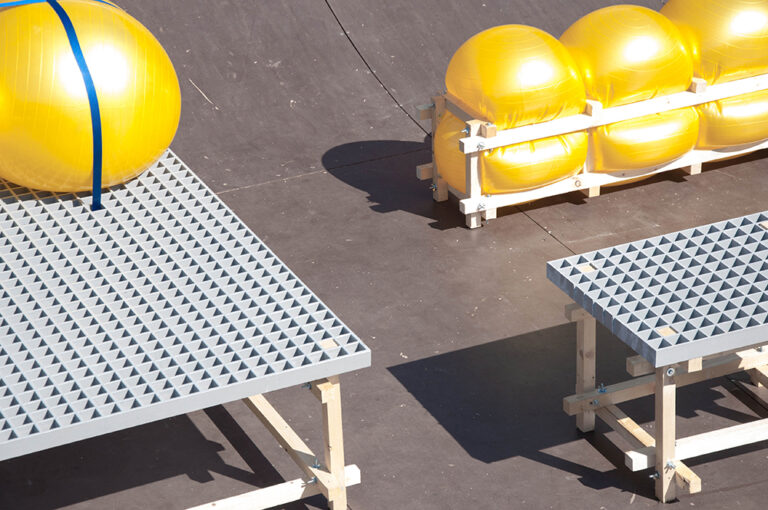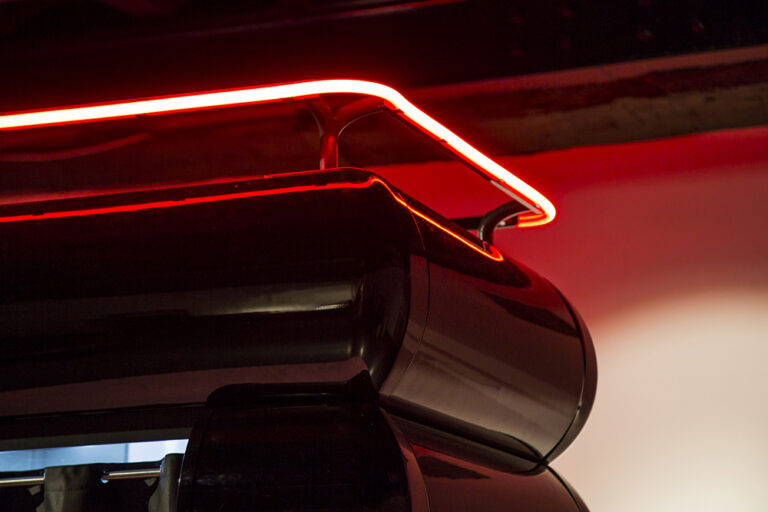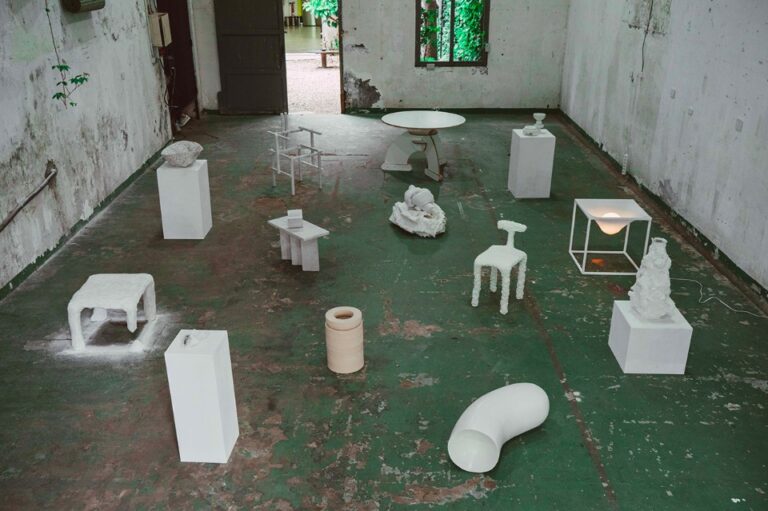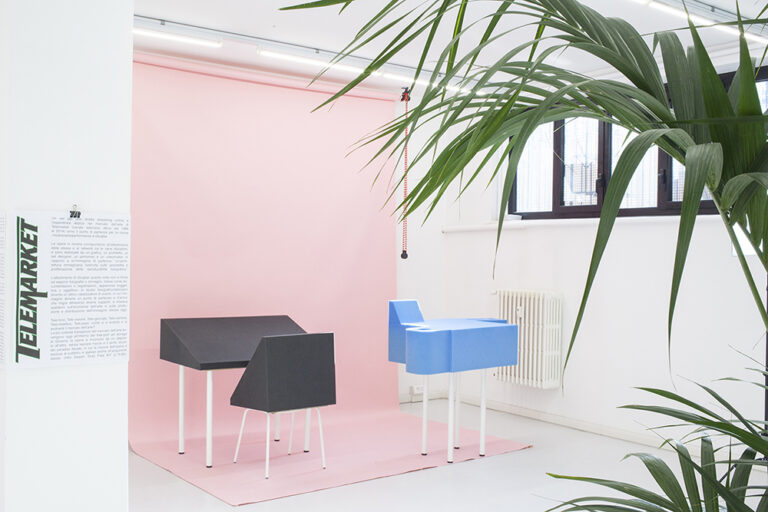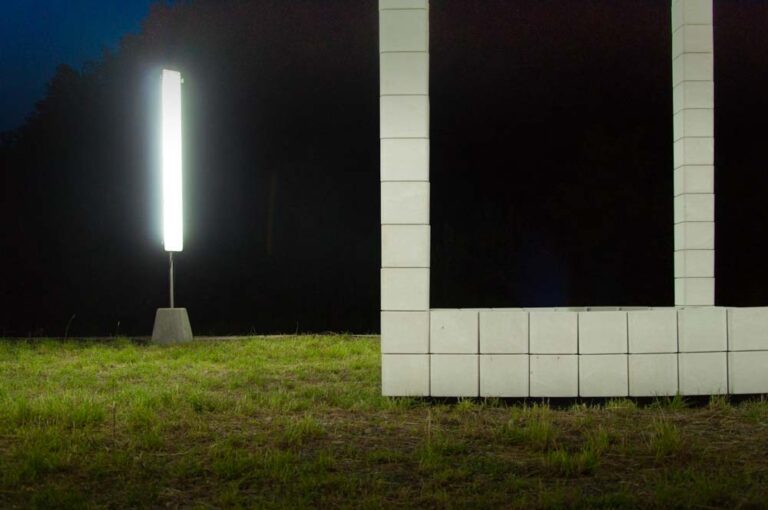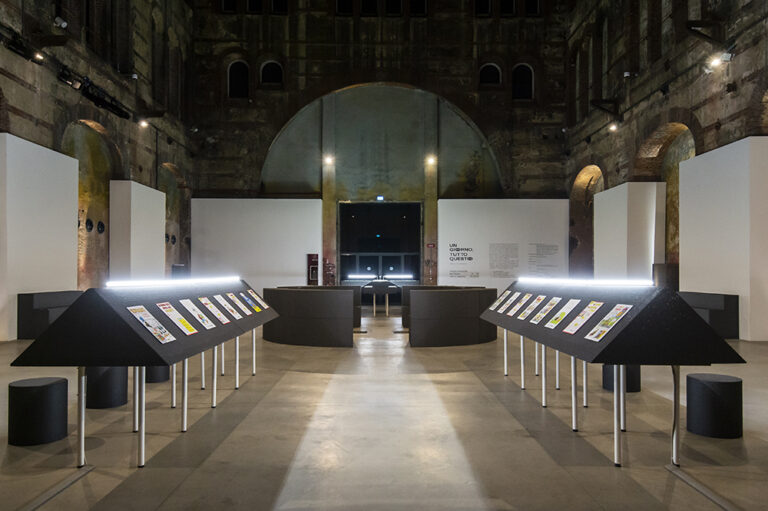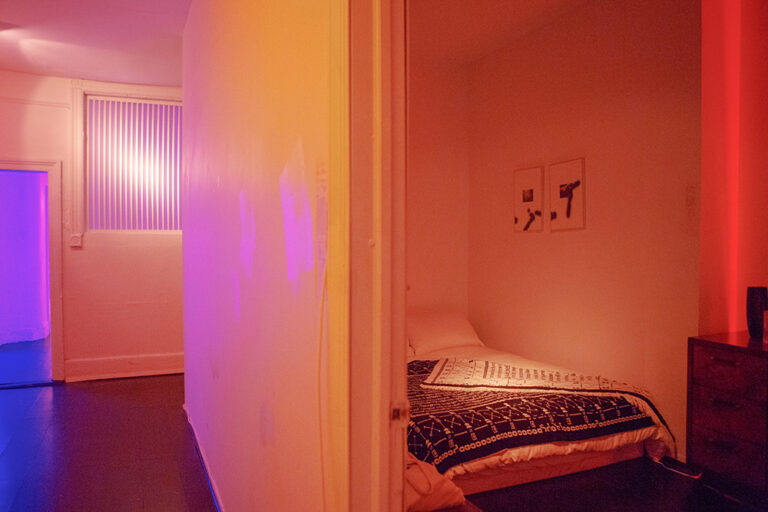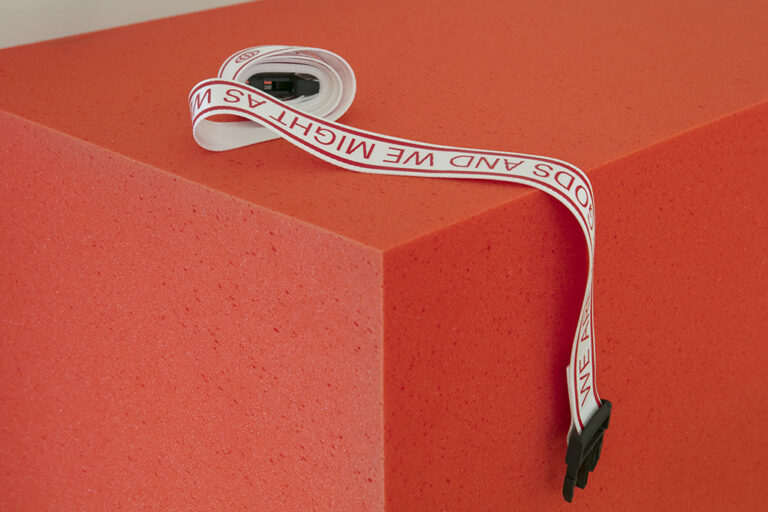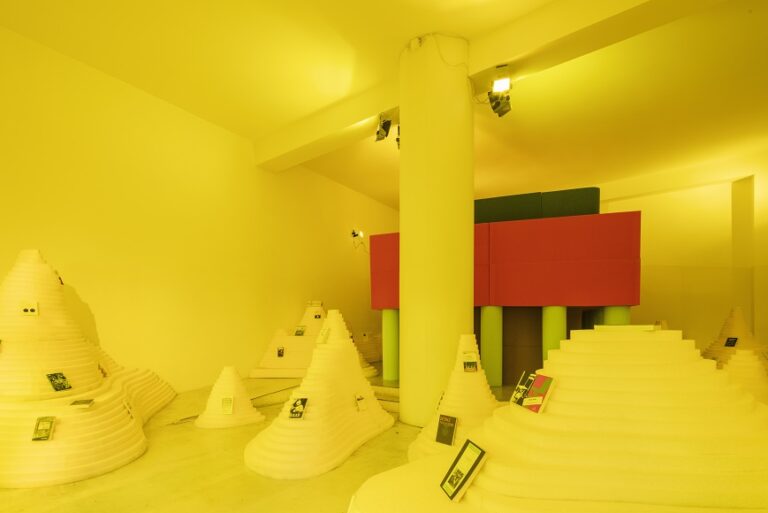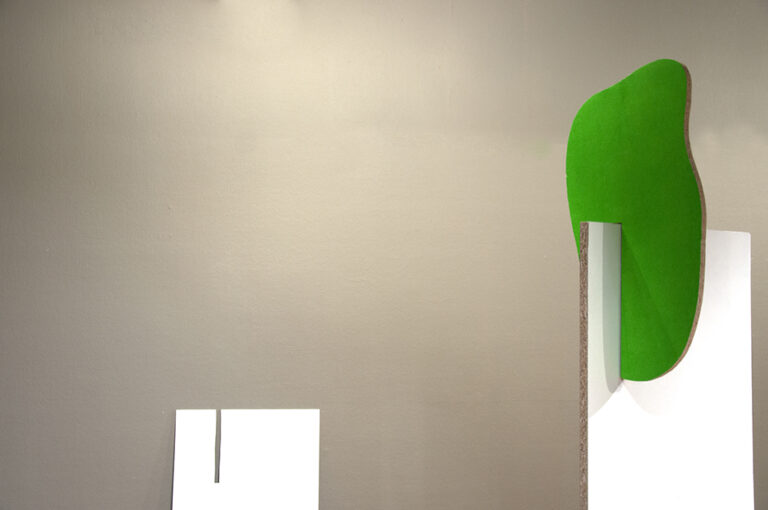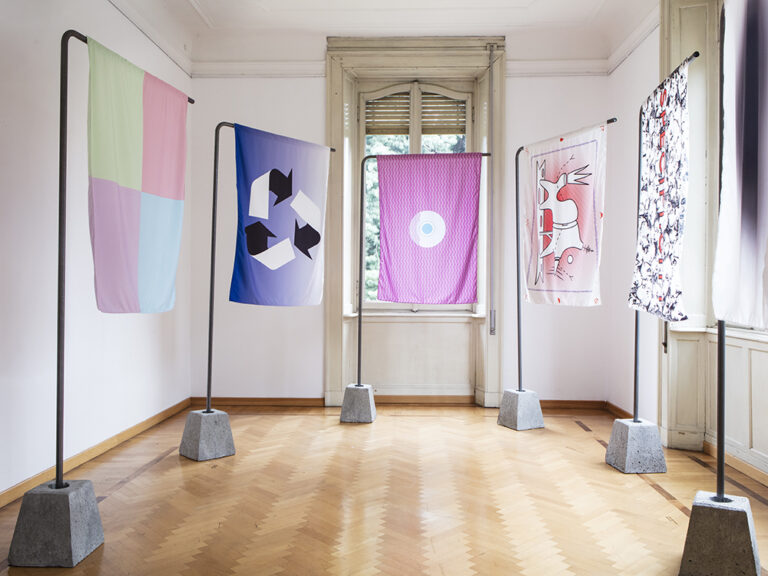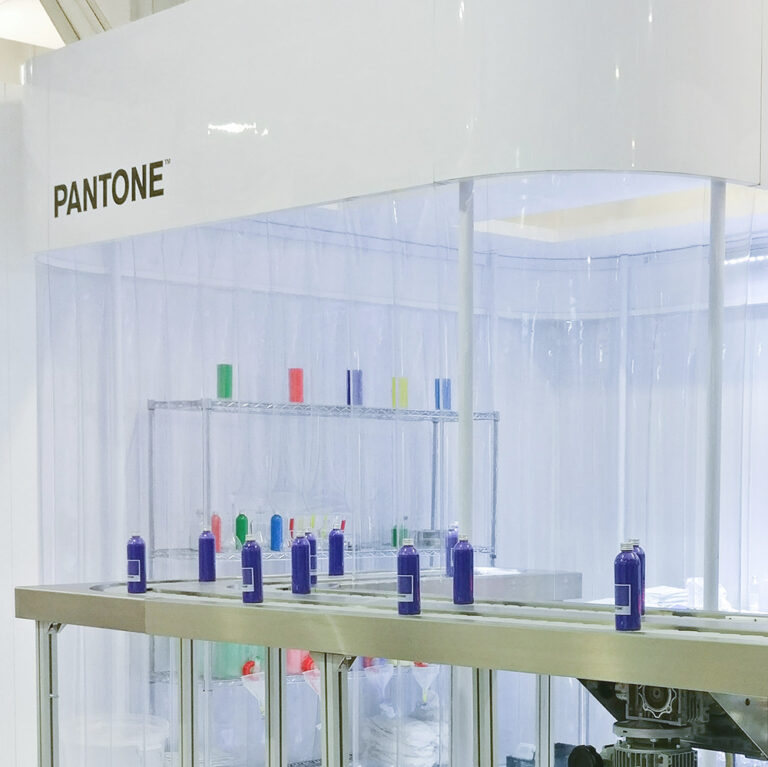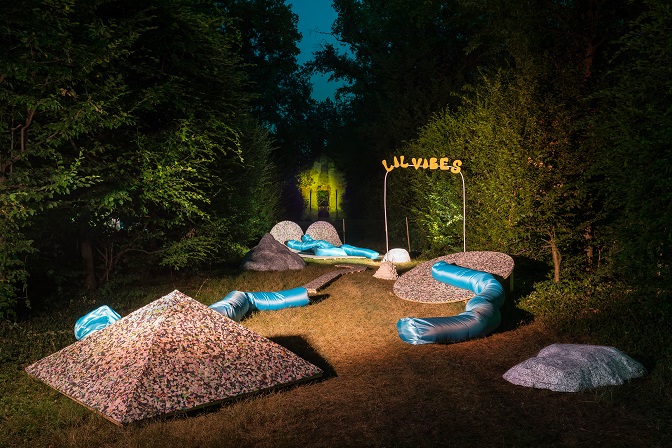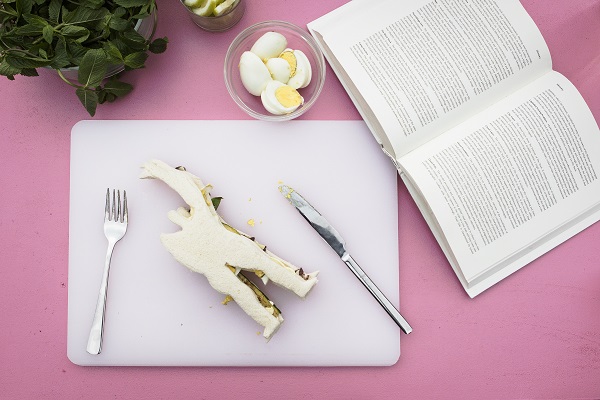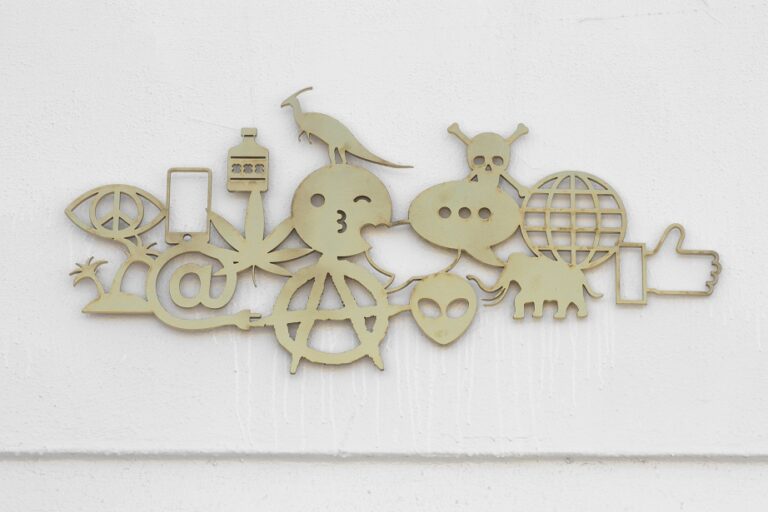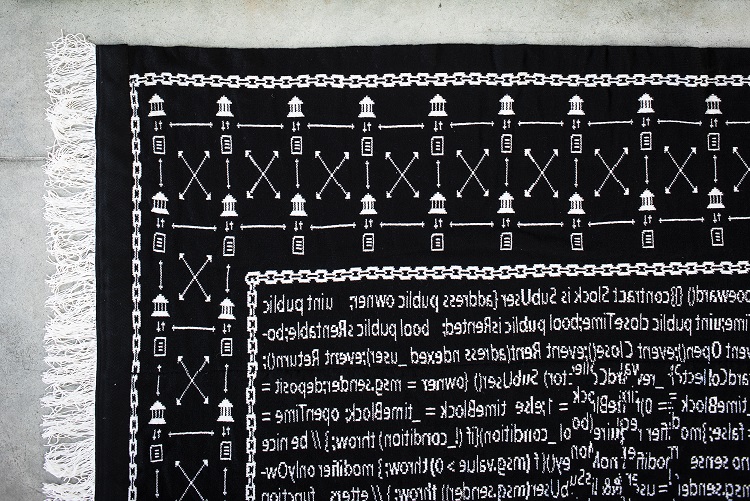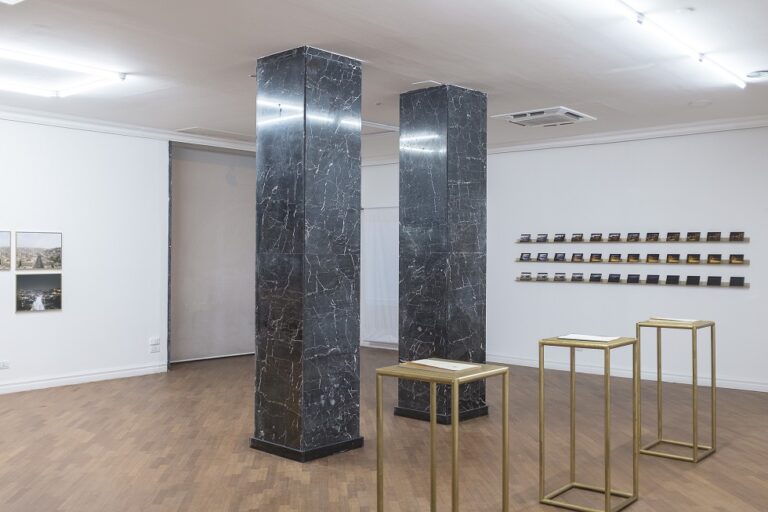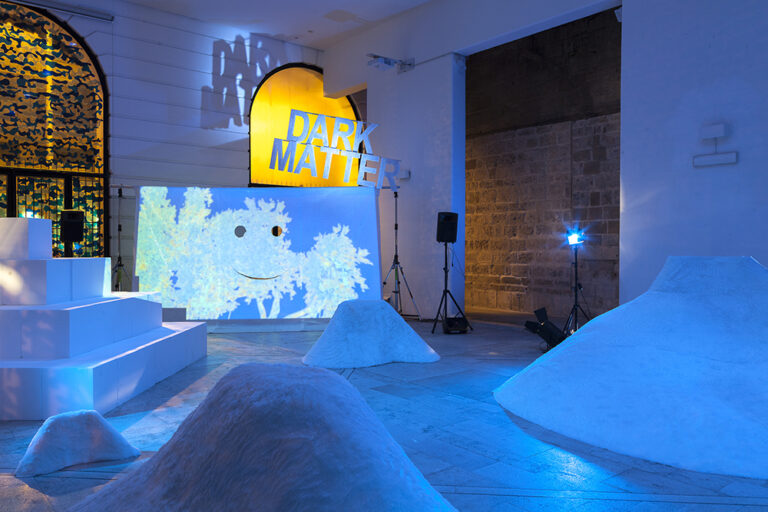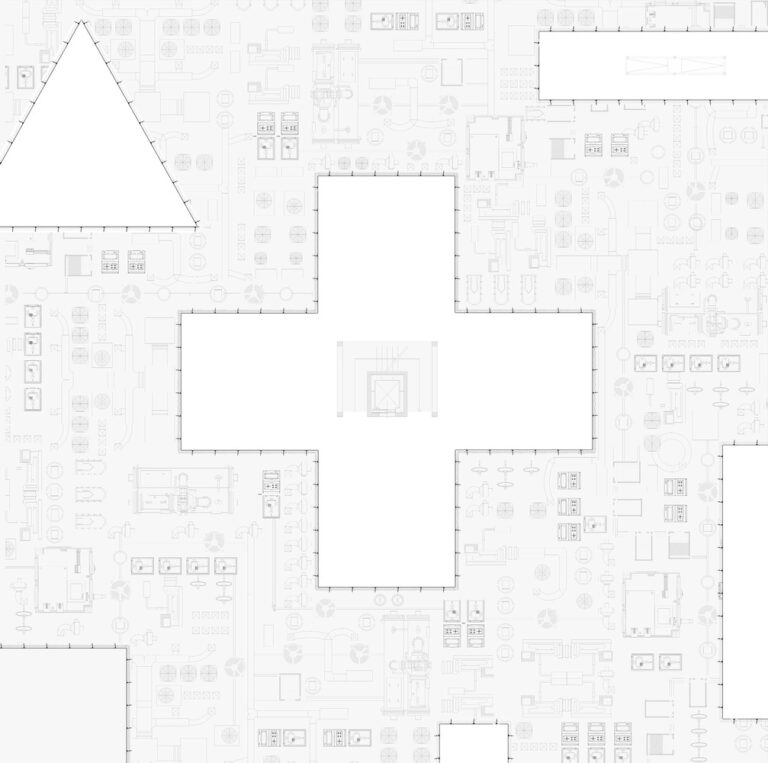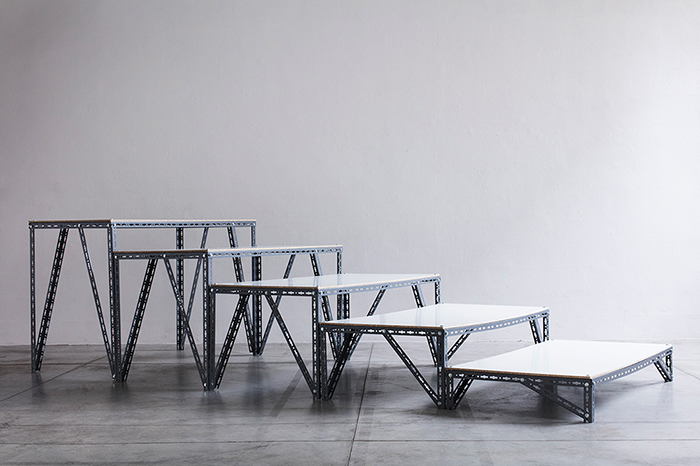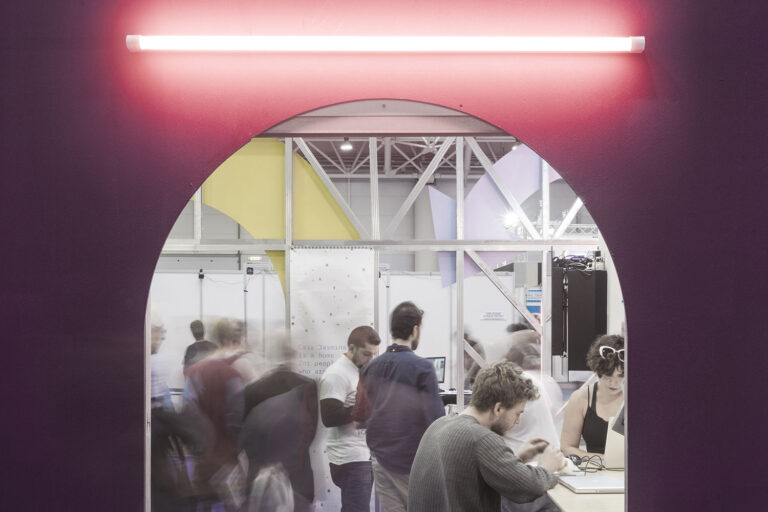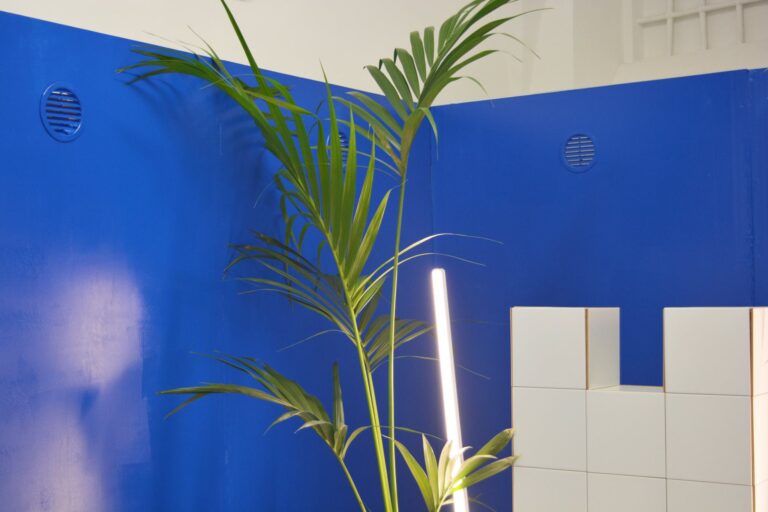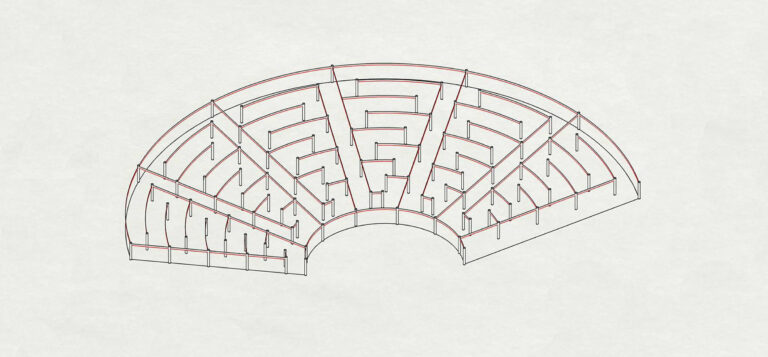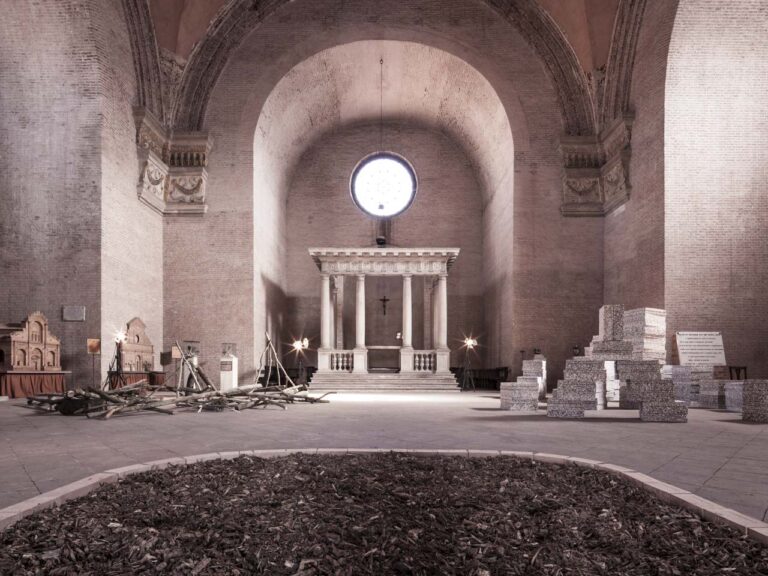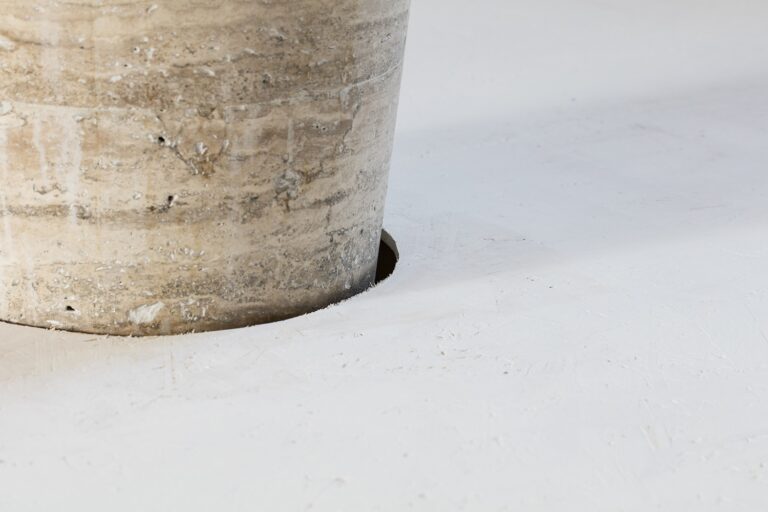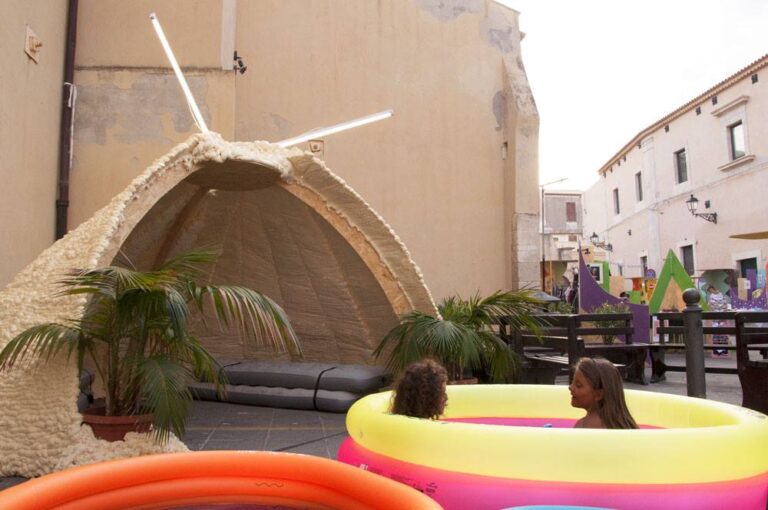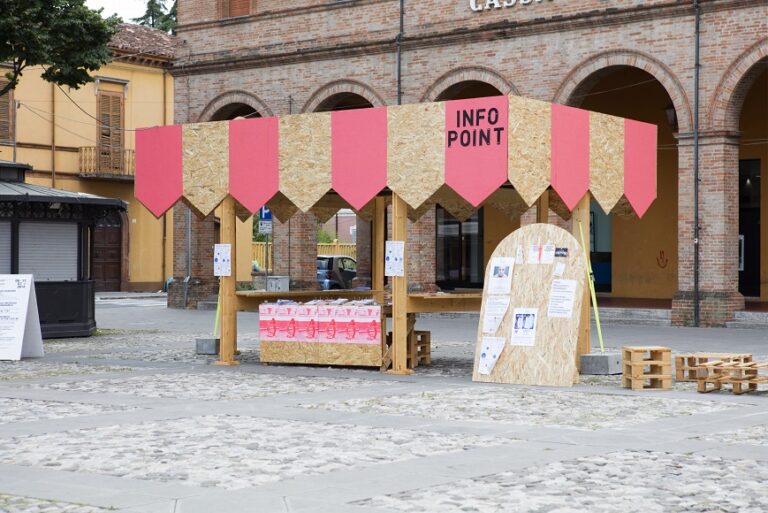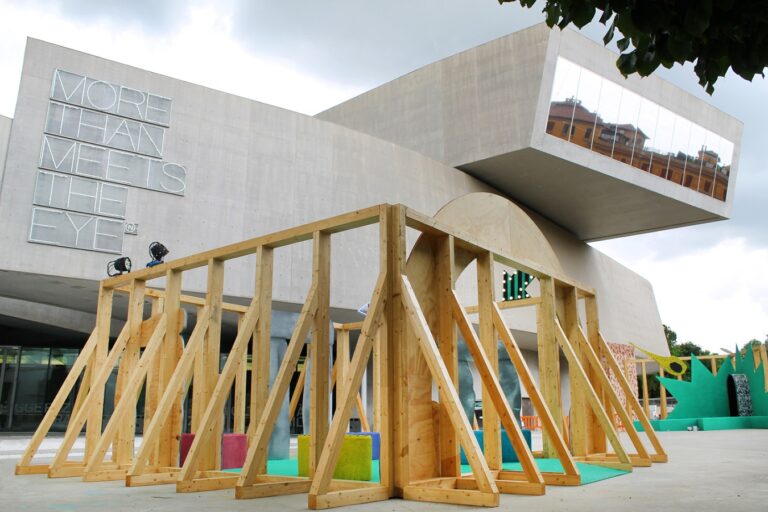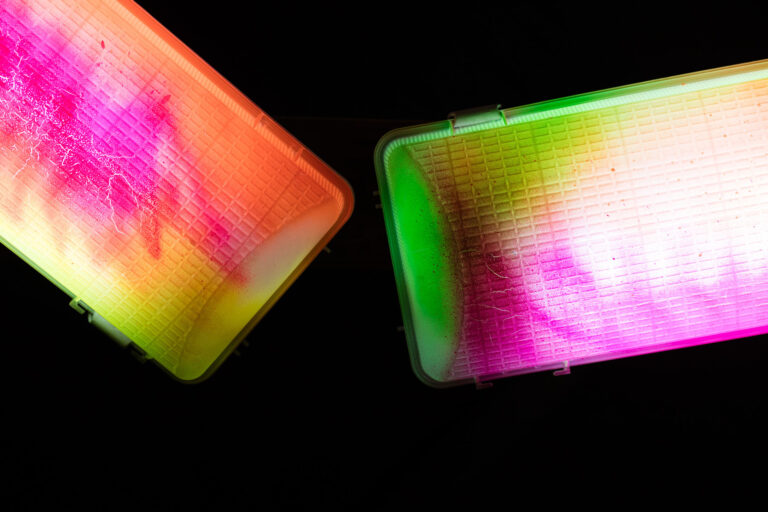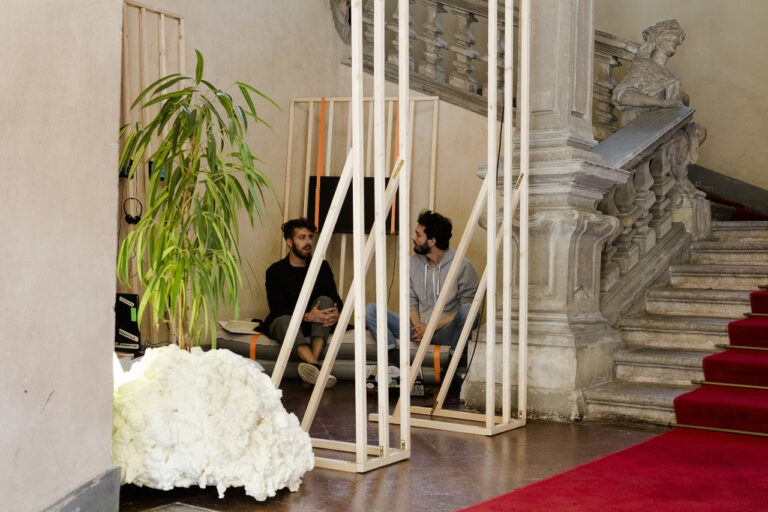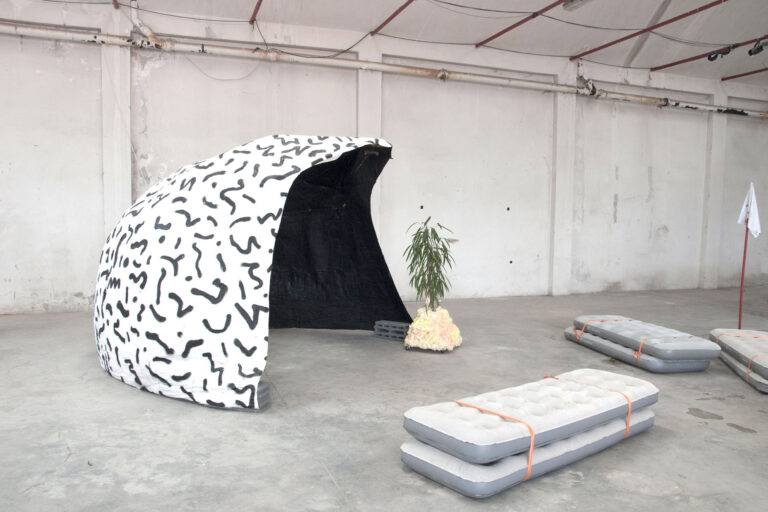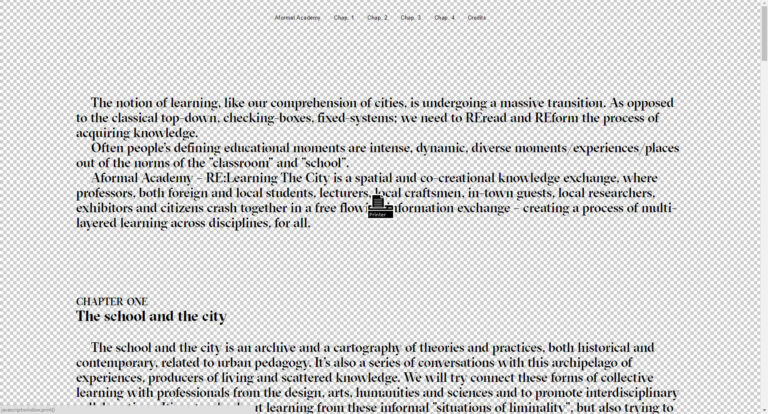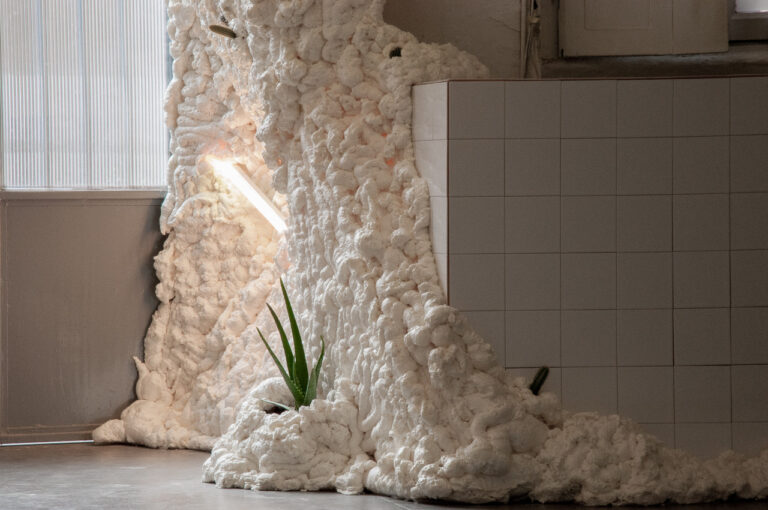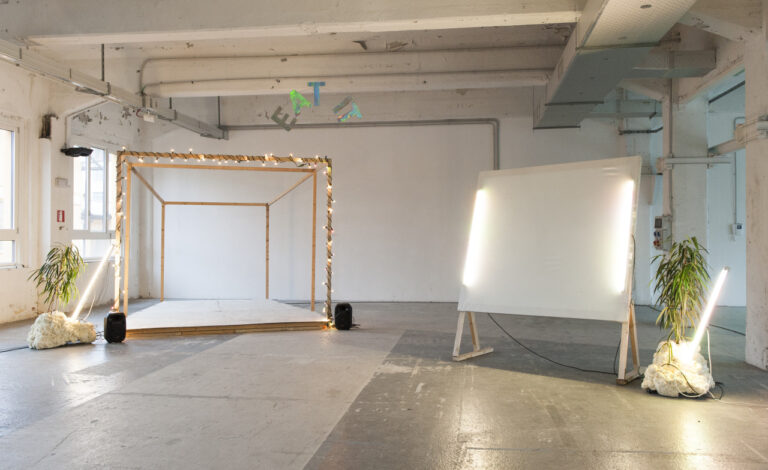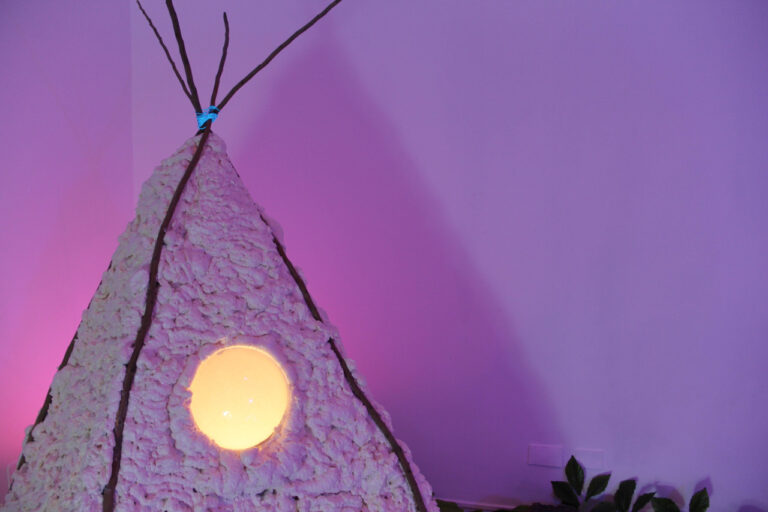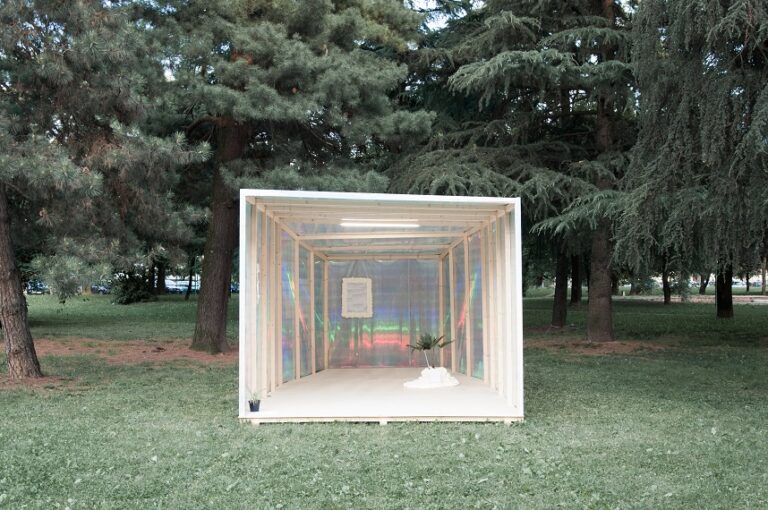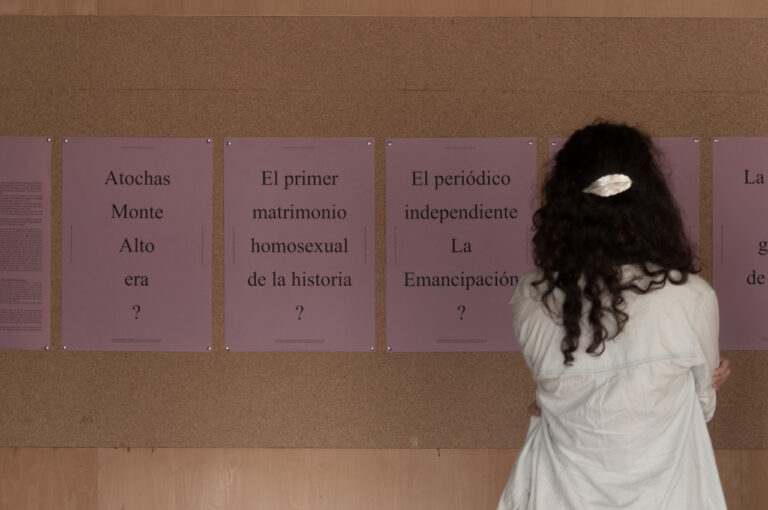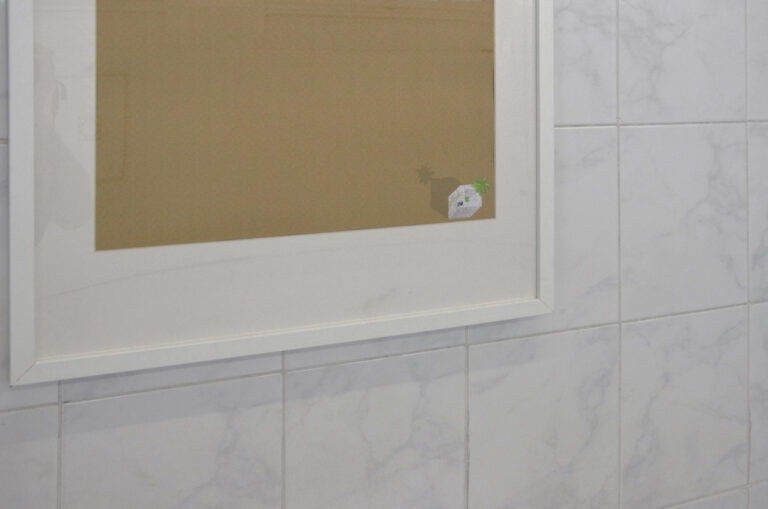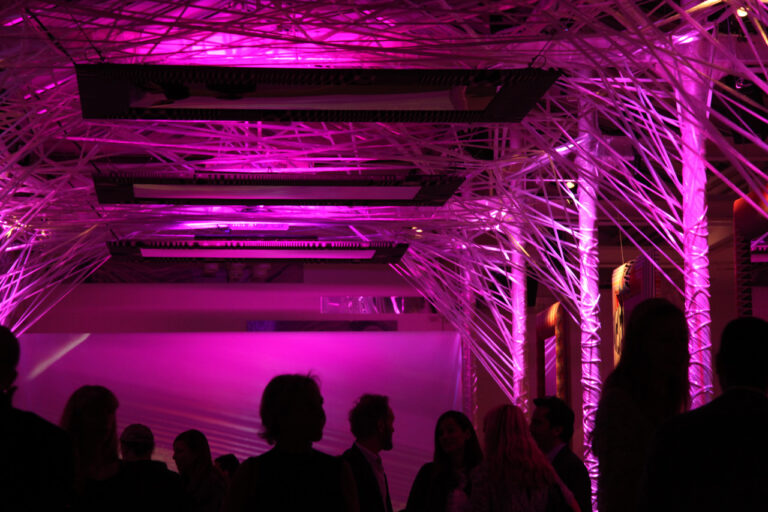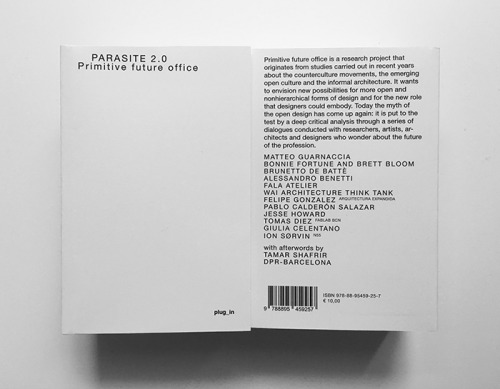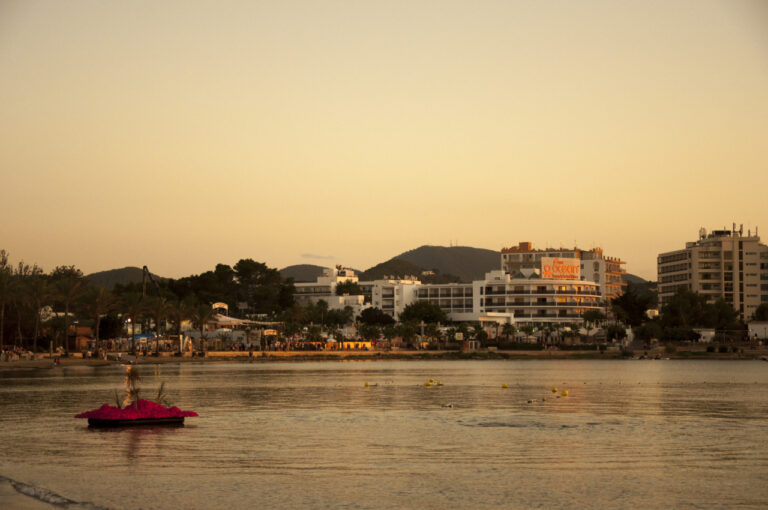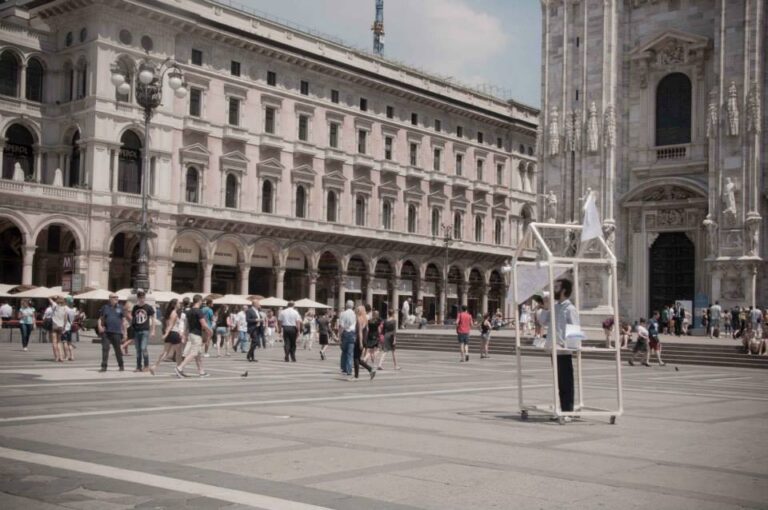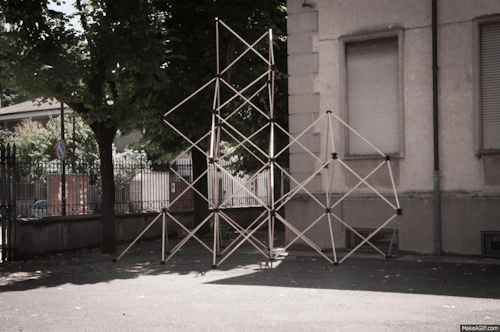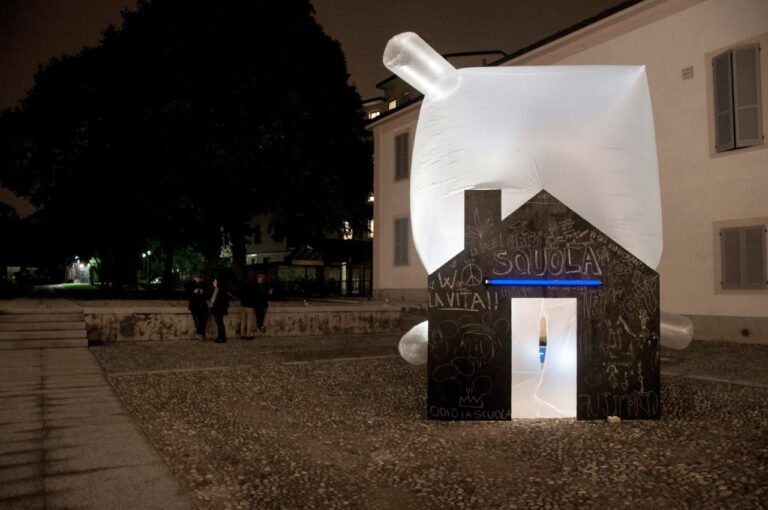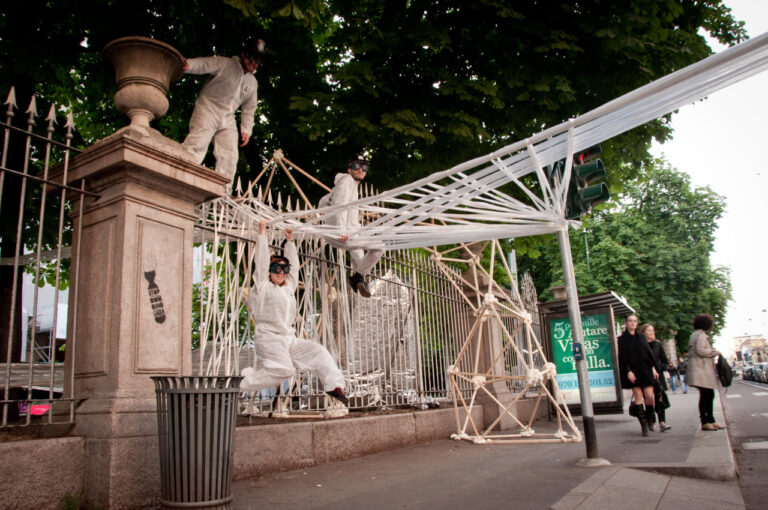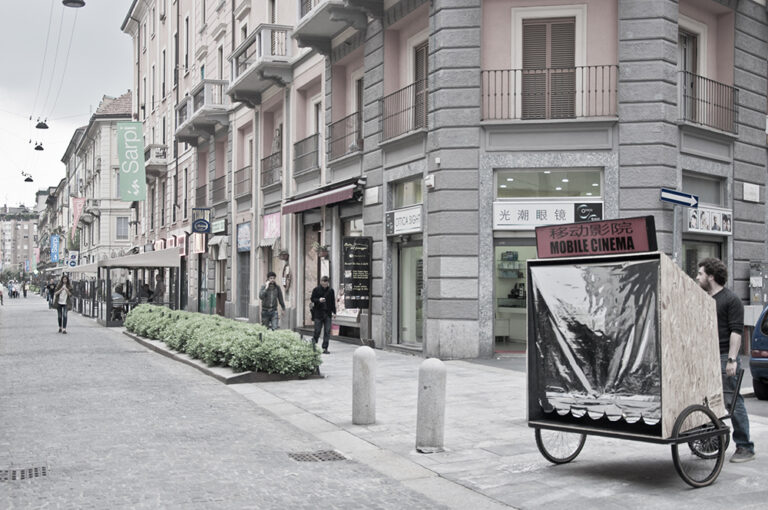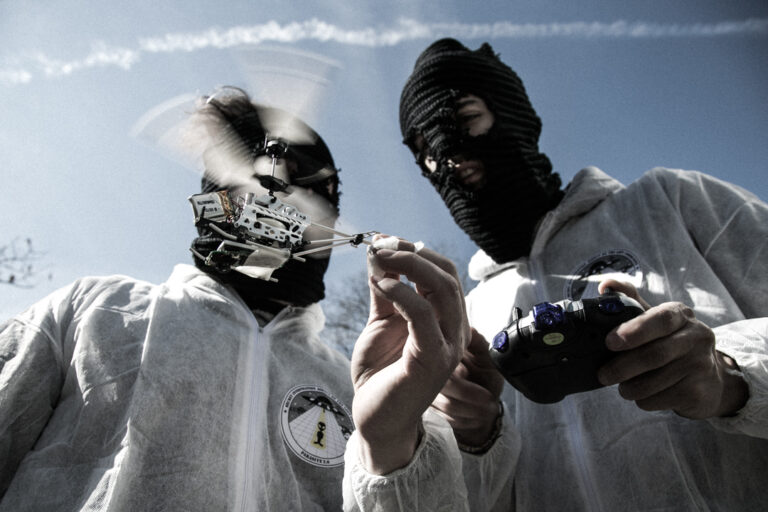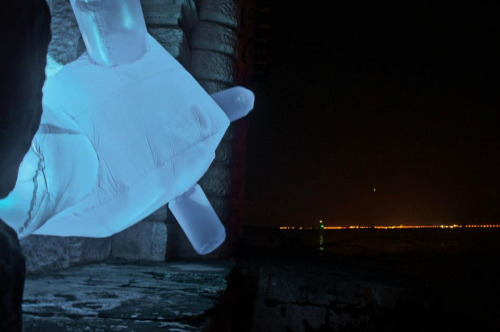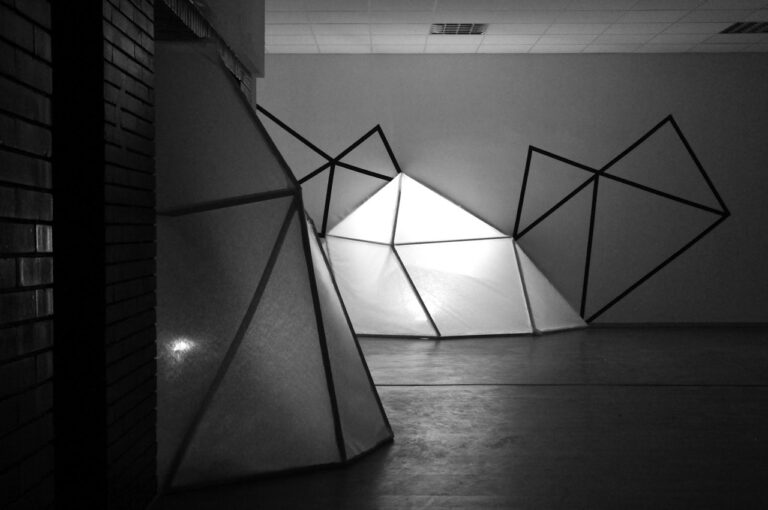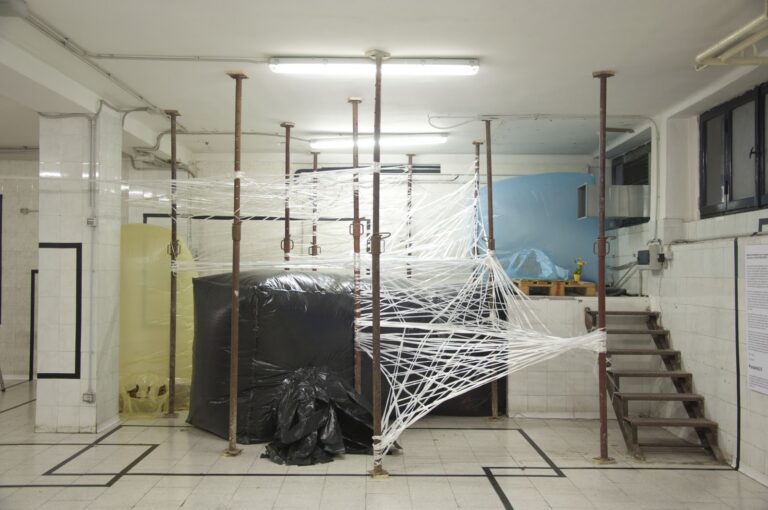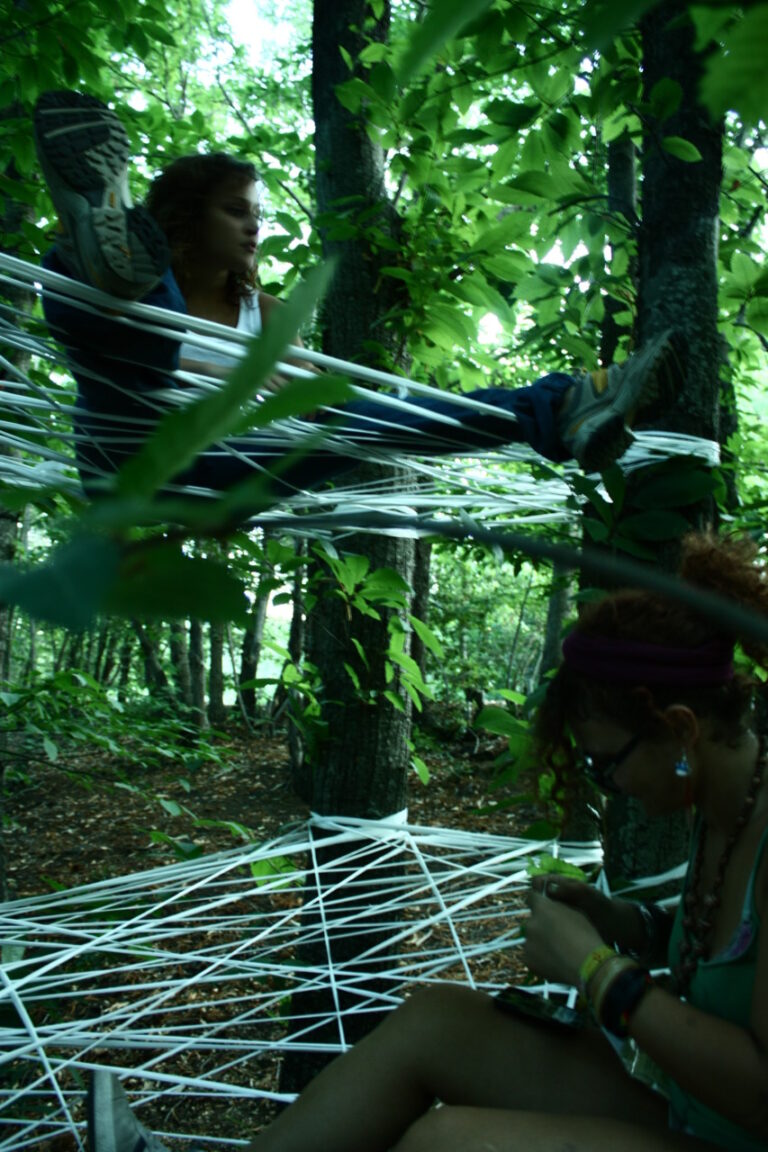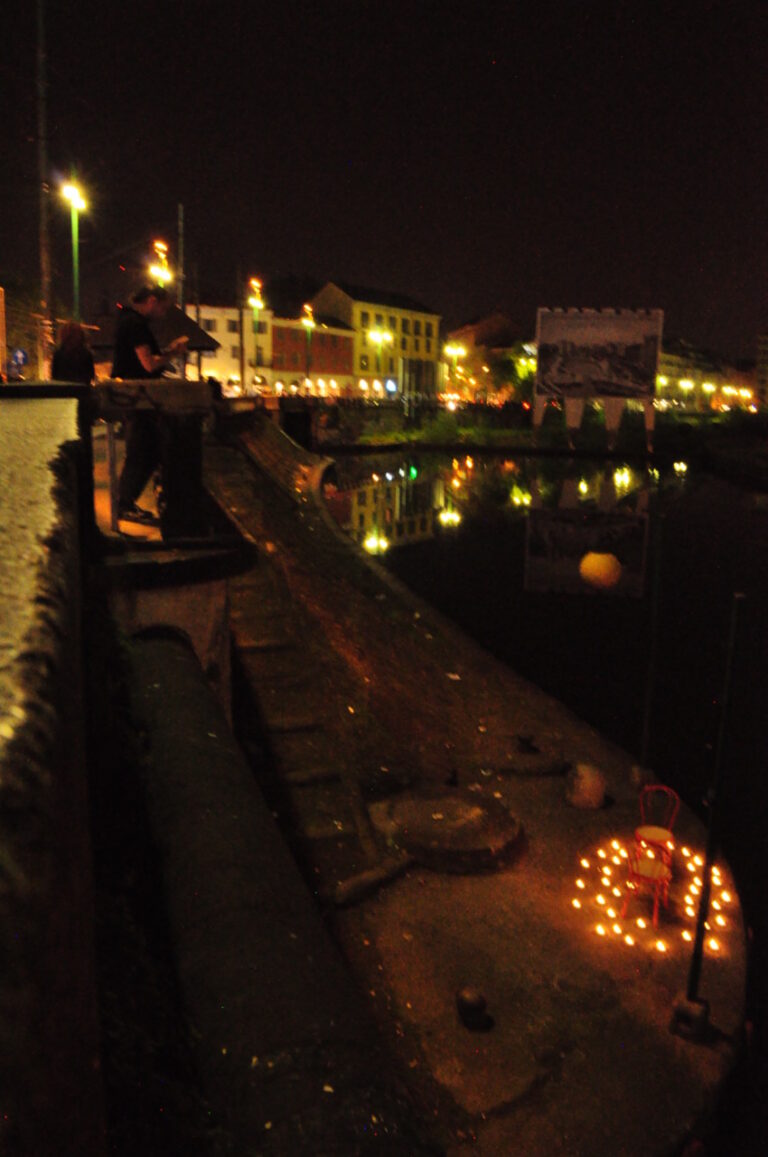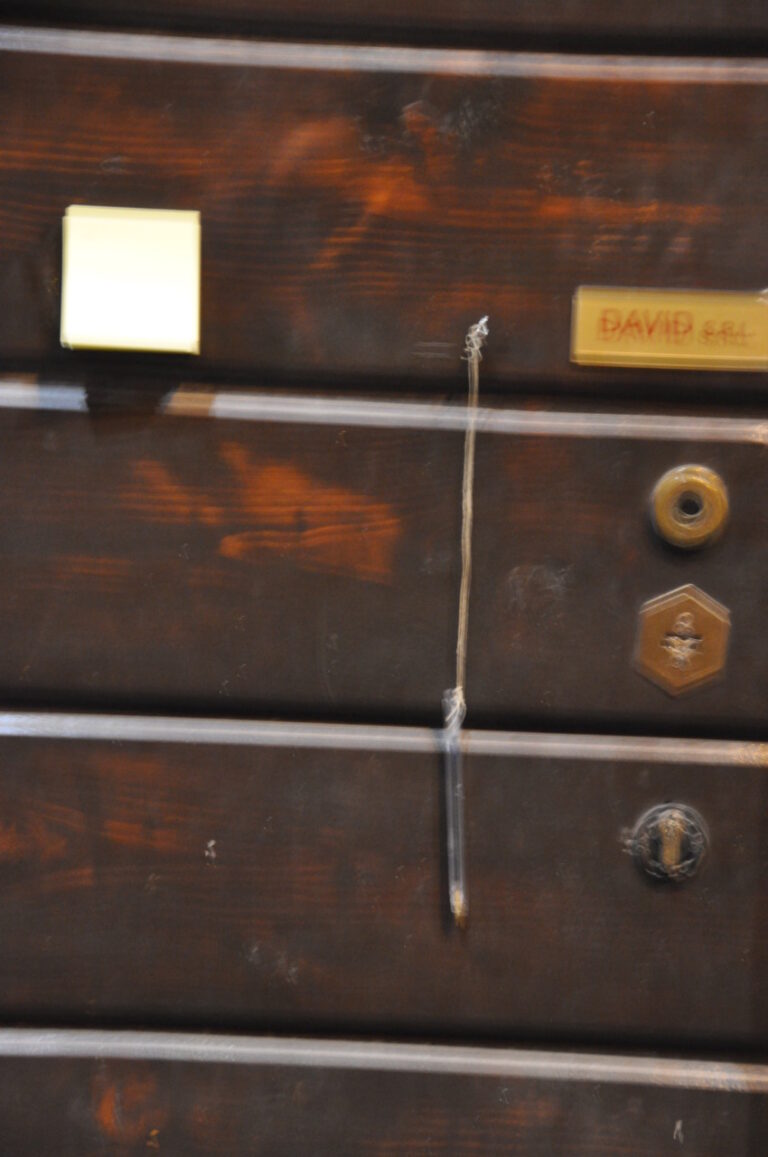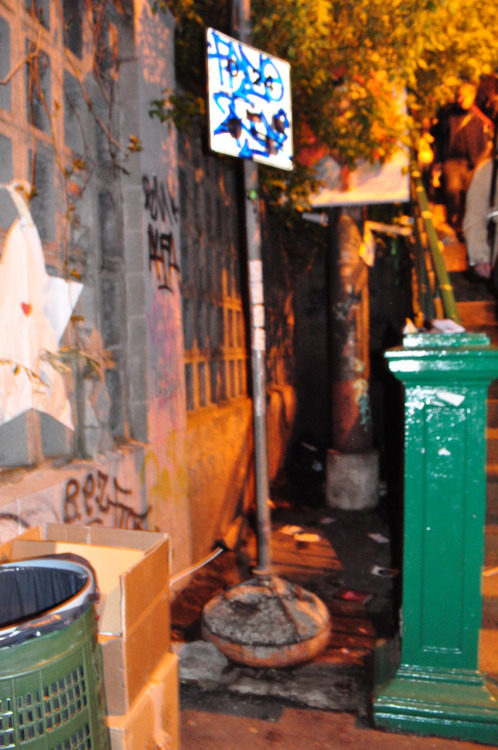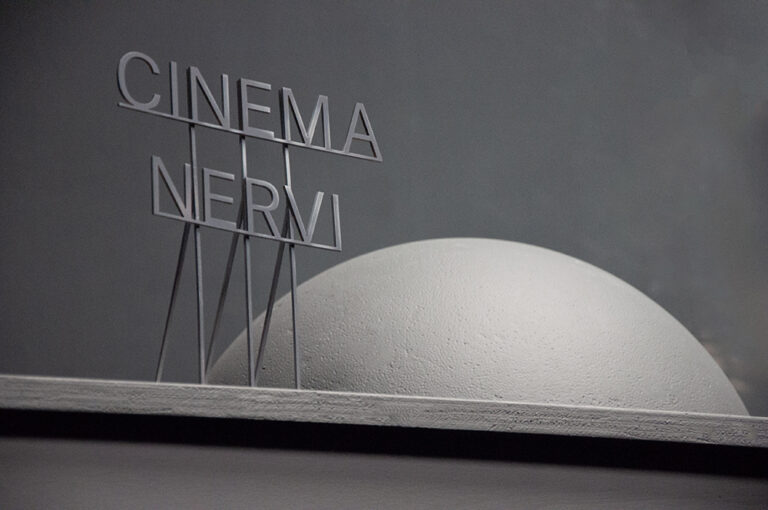- Selected Works —
- Texts —
- Archive —
- About
Perpetual Motion Report
The new local, Muntplein, from 9th to 13th October 2018, Brussels.
The Perpetual Motion Report is part of the ongoing interventions in the framework of “The new local”, a project curated by 431 (Lietje Bauwens and Wouter De Raeve). The new local took place from Tuesday, October 9, until Saturday, October 13, 2018, with artistic interventions happening on and around the Muntplein/Place de la Monnaie, and an evening program at the Prinsenstraat/Rue des Princes 12, 1000 Brussels. It was part of the project Precarious Pavilions, curated by Michiel Vandevelde and produced in collaboration with the Kaaitheater and its program CITY:LAND. The Perpetual Motion Report observes the artistic performances taking place as part of the Precarious Pavilion, thus providing an interpretation through audio and written contents. Perpetual Motion Report was conceived as sound recordings of the “negative spaces” of the square. It collects the set of invisible layers created by each intervention and investigates the relationships that occur in a perpetual motion square meant as a model platform that represents a multitude of other places in which the erratic courses of people’s lives unfold, without any need for a coherent rational connection. Perpetual Motion Report as an atlas of possible spaces.
Perpetual Motion Report is a project by Parasite 2.0 in the frame of The new local curated by 431.
Partner: Het Kaaitheater.
Precarious Pavilions is curated by Michiel Vandevelde.
Perpetual Motion Report on Soundcloud
www.thenewlocal.org
Perpetual motion report_Mixtape #1_Tuesday 9.10.2018 (Link)
Audio mapping of Place de la Monnaie during the installation “Conference of the Bird” by Martin Belou. Coordinates of the microphone 50°51’00″N 4°21’13″E Coordinates of the artwork 50°50’59″N 4°21’12″E.
Perpetual motion report is concentrated on the negative space, on the invisible pavilion. What does define the physical existence of architecture? Starting from the idea of a physical pavilion, the aim to avoid the same logic of the event-oriented public space drives and drifts us on the limits of architectural definition, to the minimal and minimum, the architecture as its own absence. At the same time, if we look at architecture as a constriction rather than a capacity to perform, its absence corresponds to the maximum degree of performability, the totally free and undetermined space, the empty plateau. The installation present in the space passed almost unnoticed. The square is more inhabited by the flux of pedestrian traffic. In a certain way, the Perpetual motion report is a praise to the absence of character of Place de la Monnaie, the emptiness space. Mapping the space through its sounds, exactly from the opposite position of the “stage of the performances”, can give us an invisible atlas of possible spaces. As for “Conference of the Birds” by Martin Below, the possible architecture of the public space could be something destined to be consumed, digested, and disappear, thus assuming always different configurations.
Perpetual motion report_Mixtape #2_Wednesday 10.10.2018(link)
Audio mapping of Place de la Monnaie during the performance “self-as-other-trainings” by Vivien Tauchmann. Coordinates of the microphone 50°51’00″N 4°21’11″E; Coordinates of the artwork 50°50’59.7″N 4°21’11.5″E.
The simple physical action of the performer is unusual compared to the habitual normally visible within the public space and it strongly attracts the attention of the pedestrians. Some gestures and moves remind ancient tribal dances. From the closest benches, some people seat and observe. The gesture is de-contextualized, not only from the space of mass production but also from the objects, tools, and from machines this gesture links to. Even though the architecture that hosts the moves disappears, thus leaving only sounds and movements, the gestures do not lose their meaning. The physicality of the space does not have any relationship with them. Local and global vanish, they persist as concepts, they correspond with space itself, or with its absence, into the negative space, into the non-presence of any architecture that could characterize them. The action of a worker of the Chinese Republic echoes into a European square. What does determine the areas, and their use, of a public square? For sure urban furniture has a strong influence, but also, if not, even more, its life connected, for instance, with environmental/climatic factors such as light and shadow. How much do summer and winter influence the life of public space? Vivien Tauchmann during her performance moved to a point of the square protected from the sun, thus leaving, in fact, her previous sunny place.
Perpetual motion report_Mixtape #3_Thursday 11.10.2018(link)
Audio mapping of Place de la Monnaie during the performance “Softwares” by Hana Miletić. Coordinates of the microphone 50°50’59.8″N 4°21’12.1″E; Coordinates of the artwork 50°50’59.3″N 4°21’13.7″E
During the day, musical performances continuously activate different parts of the square. The buskers are in a way an attractor of the public and an alteration of the classic pedestrian flows in the square. This phenomenon tells us something more about the value of events in the use of public space rather than architecture. The Police stop a performer playing in the square and ask for his authorization. On the third day, we notice that all the performers have a precise and fixed point on the square where they always position themselves. We don’t know if those spots are assigned or whether the performers autonomously find them. There is a huge disproportion about the influence of the different buildings standing on the perimeter of the square towards the public space. The commercial building is attractors within the urban space, thus creating important polarities. It is impossible to “record” the smell, but for sure, it influences the use of the public space. On the first day, a public toilette was positioned on one side of the square. No one was sitting in its surroundings. Despite the second day it was removed, the bad smell still persists. Unlike many other public spaces, Place de la Monnaie is a big empty “tray”. Probably it was designed as a “pause” of the built urban texture in front of the Royal Theater of La Monnaie. The texture of the pavement, completely empty, in fact, follows the cadence of the columns on the facade of the theater. Theater and square are then “connected” by some architectural rules that do not consider the use of the square itself. Paradoxically, because of the absence of structures and infrastructures inside the square itself, it should host infinite activities: playing football, skating… A boy is skating. The square does not respect classic concepts such as function and form, rather it escapes this taxonomy. It is the contrary, the anti-form, the anti-function. Its possibilities remind of the mathematical concept of the fuzzy sets in which the limits of the sets seem to vanish, thus letting their elements floating and migrating from a set to another.
Perpetual motion report_Mixtape #4_Friday 11.10.2018(link)
Audio mapping of Place de la Monnaie during the performance ” hear me out II” by Ola Hassanain. Coordinates of the microphone 50°50’59.3″N 4°21’13.7″E; Coordinates of the artwork 50°50’59.5″N 4°21’12.9″E.
The performance starts with sounds around the square. Considering the set of rules about the use of public space in Brussels, a musical performance needs to stay under the 60 decibel. The performance works on what we can and what we cannot do in a public space. The hardware for the performance is a set of microphones and speakers, but the central part is composed of three stools and a central element to make the tea. A series of simple elements are enough to transform the empty place de la Monnaie into something else. In “Modernità debole e diffusa” Andrea Branzi analyzes the state of undetermination and ubiquity of contemporary metropolis. The function is not anymore the center. The more this element is not determined, the more space gives us possibility. The hardware (Architecture) is ready to hosts more software (use). Space needs to be more as fuzzy as possible. Fuzzy architecture. If the hardware is really basic, in this case, is the set of rules who determinates possible uses. Drinking tea in a public space. So, in a way, architecture is a set of restrictions. it is a set of rules and possibilities. This is extremely connected with the influence that a system of power can have on the shape of the city. Architecture is exactly the image of this act of governing. The hardware and its set of rules are the results of the tension visible in the public space itself. How can we build hardware capable of fuzzy sets, without boundaries?
Perpetual motion report_Mixtape #5_Saturday 12.10.2018(link)
Audio mapping of Place de la Monnaie during the performance “so that everything doesn’t happen at once” by Sasha Litvintseva and Beny Wagner. Coordinates of the microphone 50°50’58.0″N 4°21’12.1″E; Coordinates of the artwork 50°50’57.7″N 4°21’12.9″E.
On Saturday the square is almost full of people, thanks also to a series of public events with music, food and dances. It is still difficult to understand what is behind the identity of this space. How can we find a way to live the public spaces in a pure way? In the contemporary city, everything looks extremely chained to consumption, events, even if cultural, or objects, bodies, and aesthetics. After one week we are still trying to read the structure and the path underneath the design of this public space. What architectural traces are behind that square? What kind of rules are these temporary structures following to occupy the space? As we already noticed the equilibrium between shade and sunlight is for sure one of the factors. Another one is the design of the pavement, following the rhythm of the columns of the theatre. This architectural composition game creates a series of almost invisible areas on the ground level. But another element we just noticed today was the presence of a series of points with for example the possibility to connect devices to the electricity. All the stands and events are distributed just around these points. The possibility to access the grid and the energetic/communication network is fundamental to the definition of the relationships of power between the different actors of the contemporary city. This is also visible in the public spaces, especially, in this case, in Place de la Monnaie. The public space and the way we inhabited it isn’t just the image of economic or political power and influence. Bodies, subjects, social and political actors are constantly constrained by the spatial design and its possibility to close, open up or negate relationships. If our contemporary metropolis looks more and more open and without boundaries, if we go a bit deeper, we can see exactly the opposite, thus recognizing a strong multiplication of boundaries and an extreme categorization of the space, always more shaped by racial, gender, and political violence. In the rules to the use of public space in Brussels, there is a distance that the performers and buskers need to maintain from commercial activity. As we noticed during this series of reports, rules and norms are actually what is changing more our possibility to use the public spaces, more than architectural drawings and structures. The imposition of a certain distance between buskers and commercial activity tells us clearly how much the city is shaped by following economic reasons. More than focus on architecture itself and on the design of public spaces, today we should try to operate more on the series of legislation, norms, and conventions that regulate and shape the space and our way of acting as public political actors in the collective body of the city.





